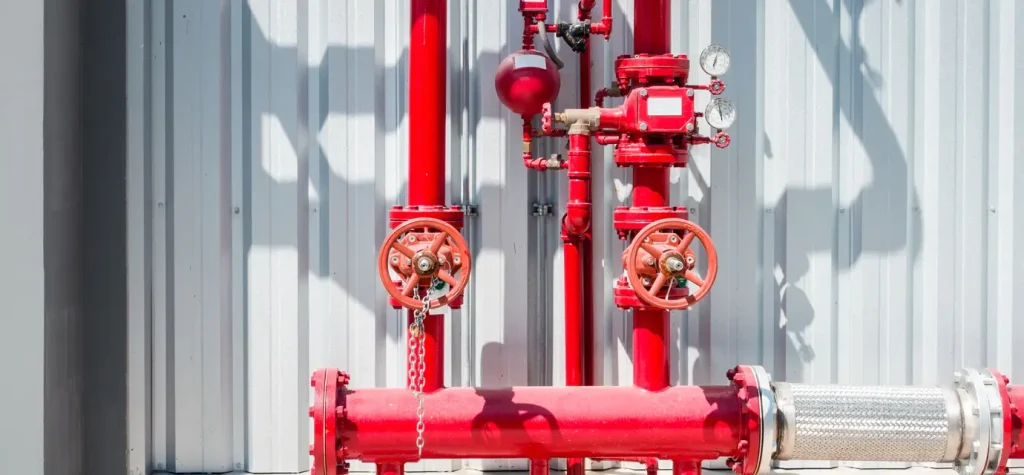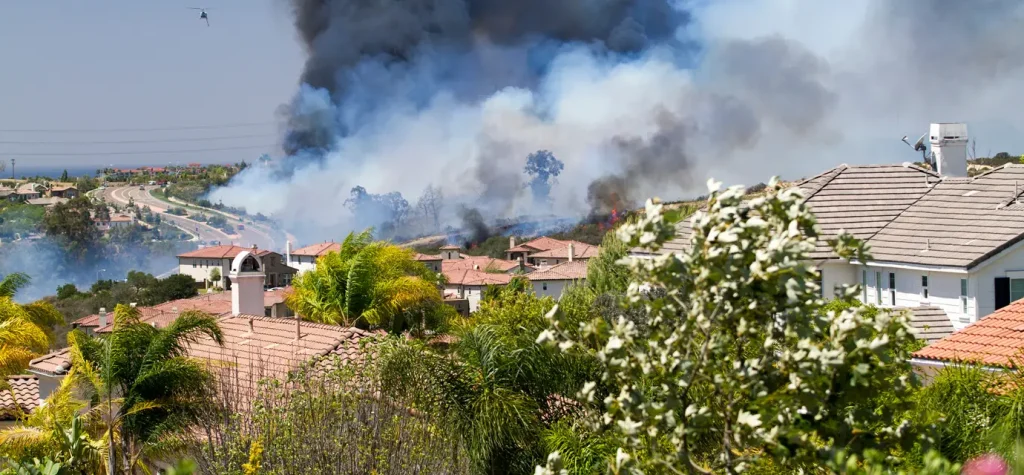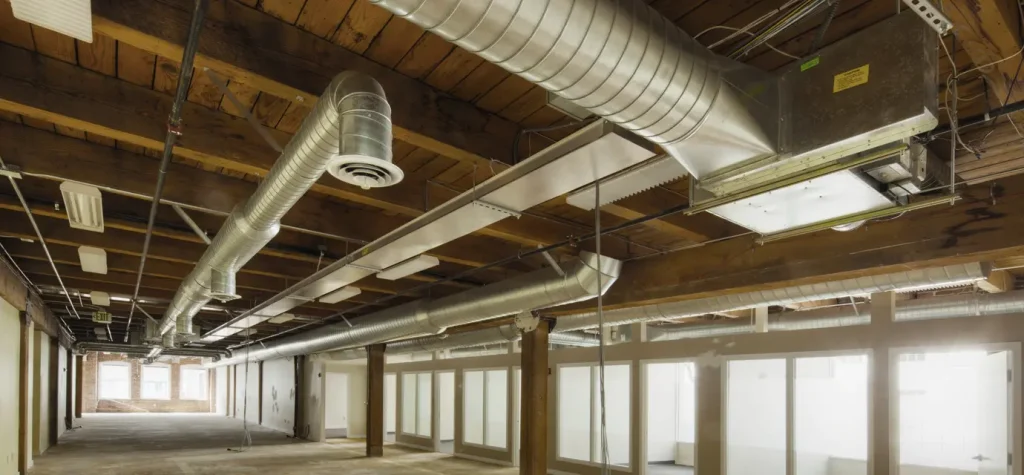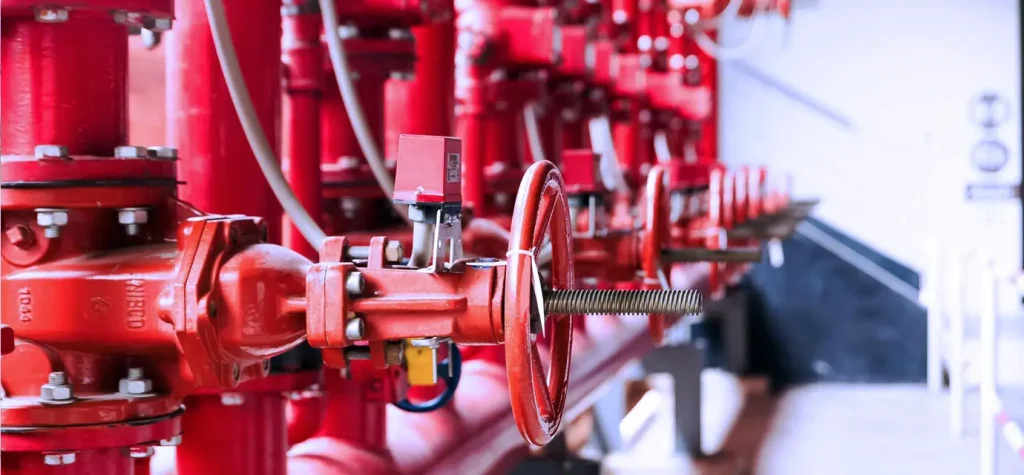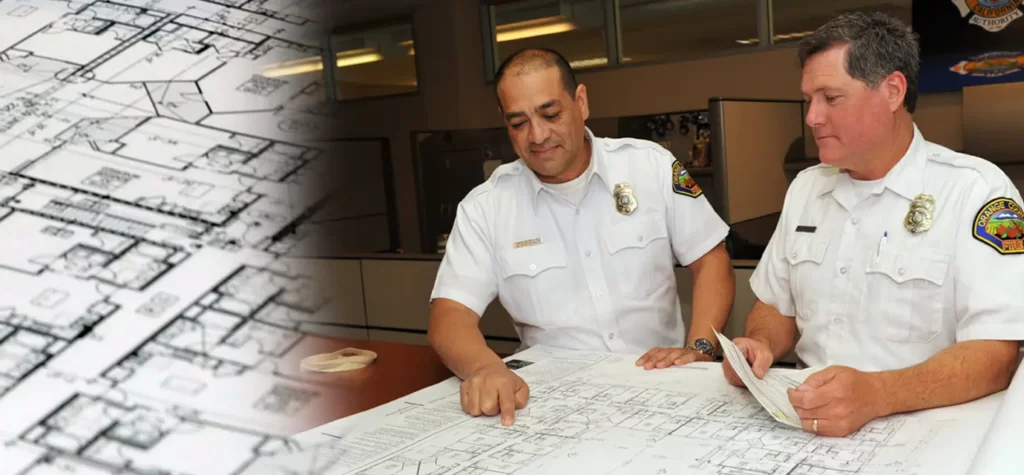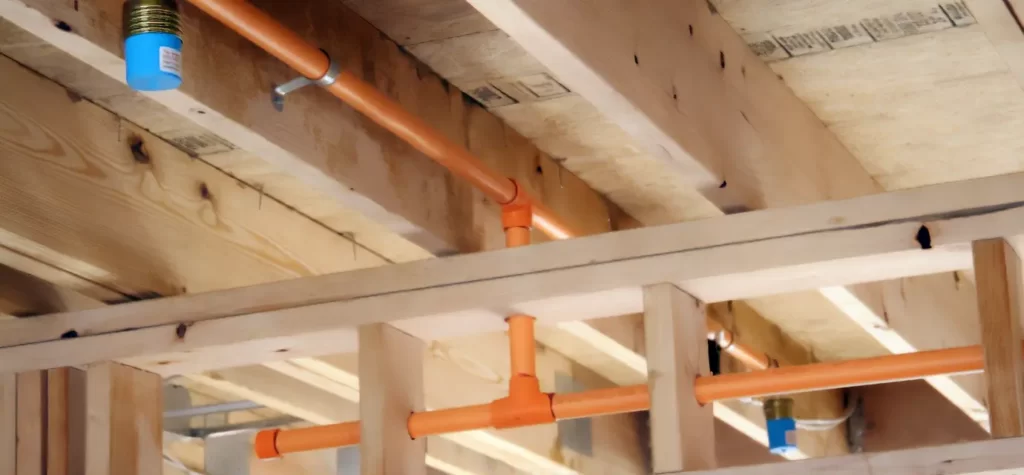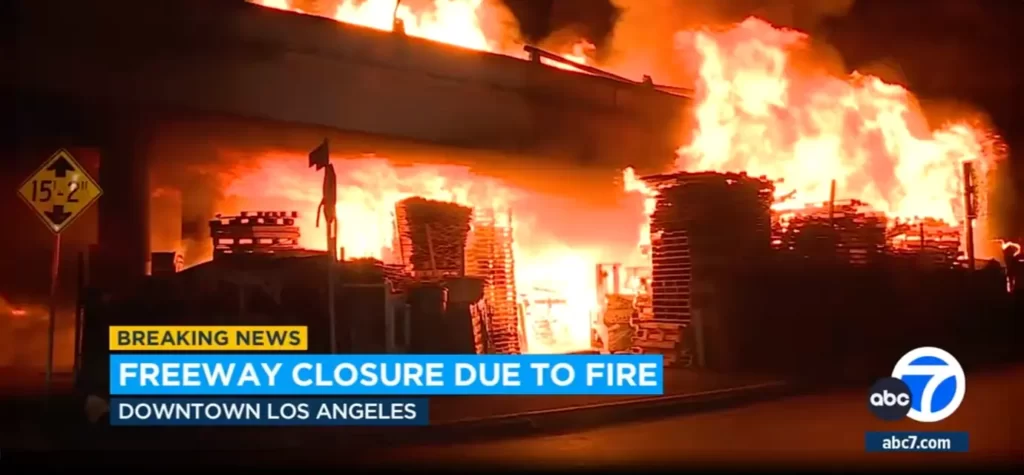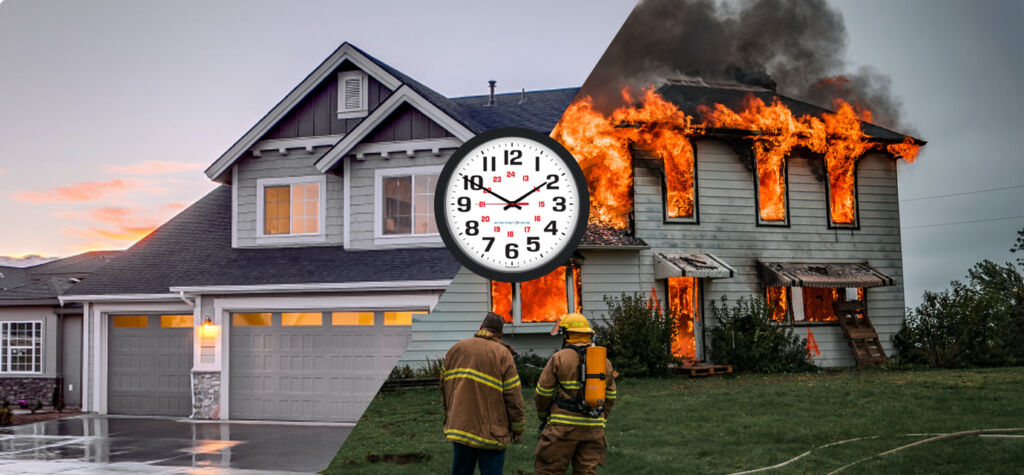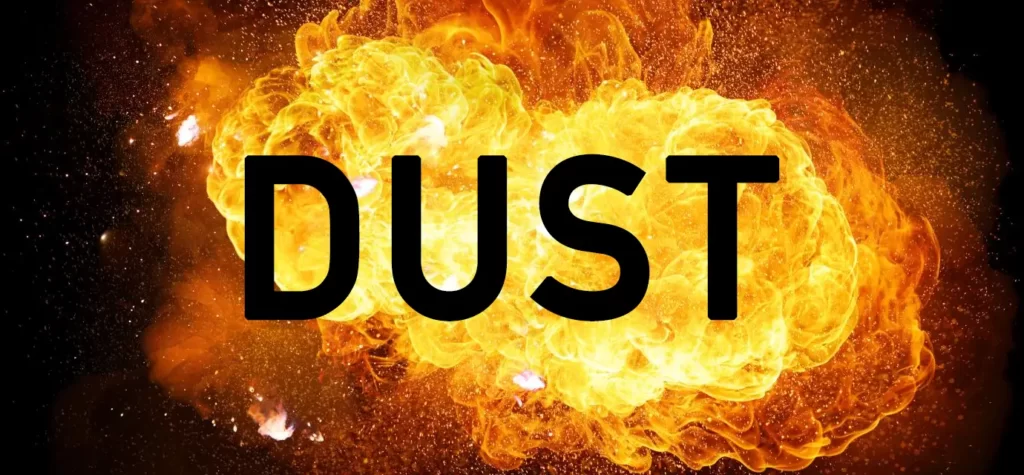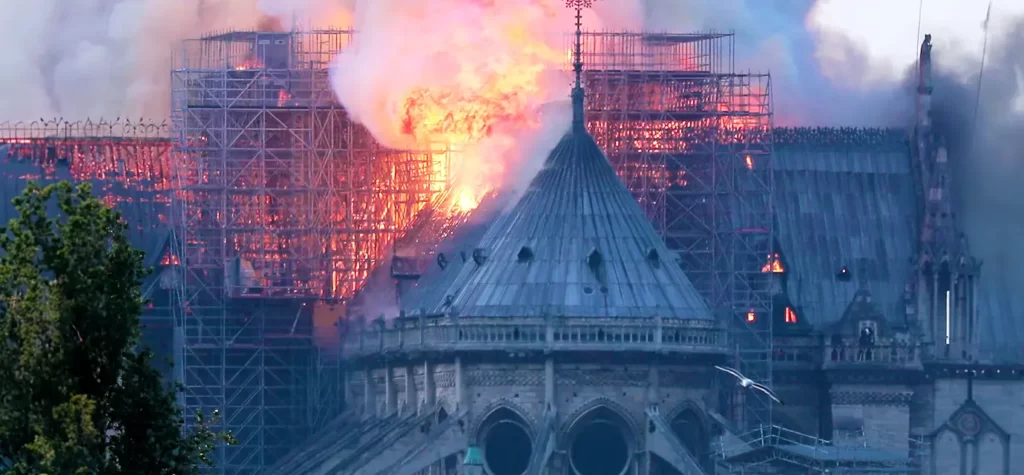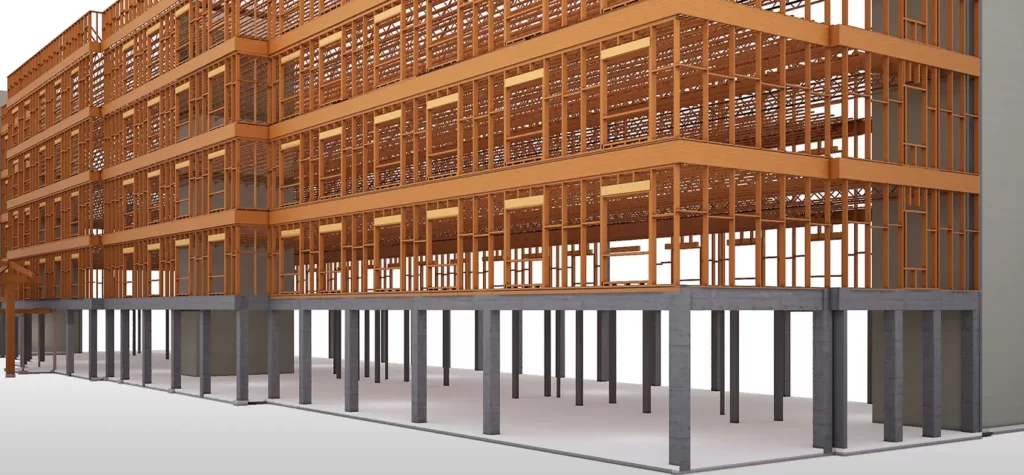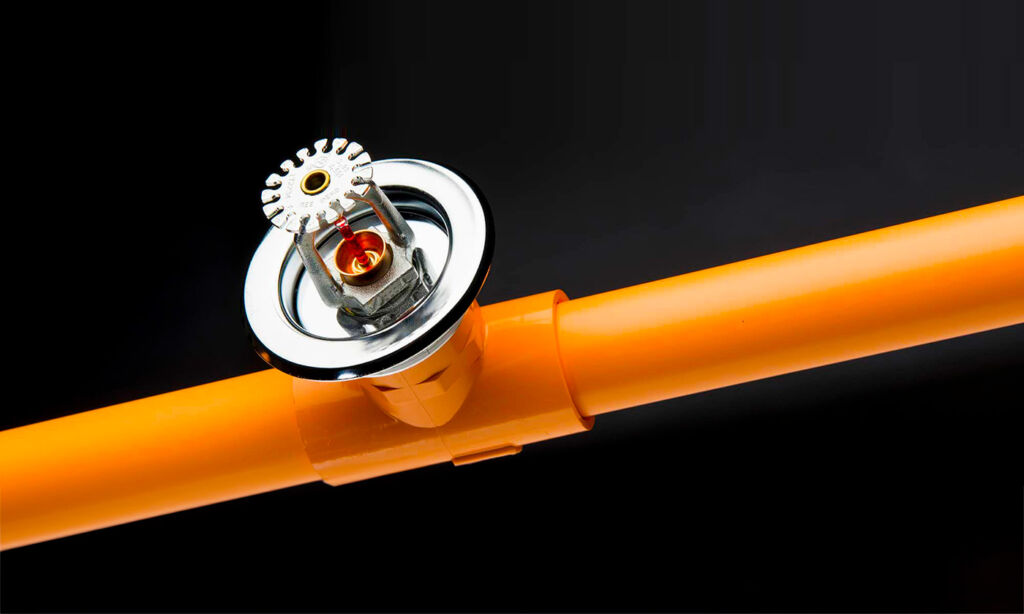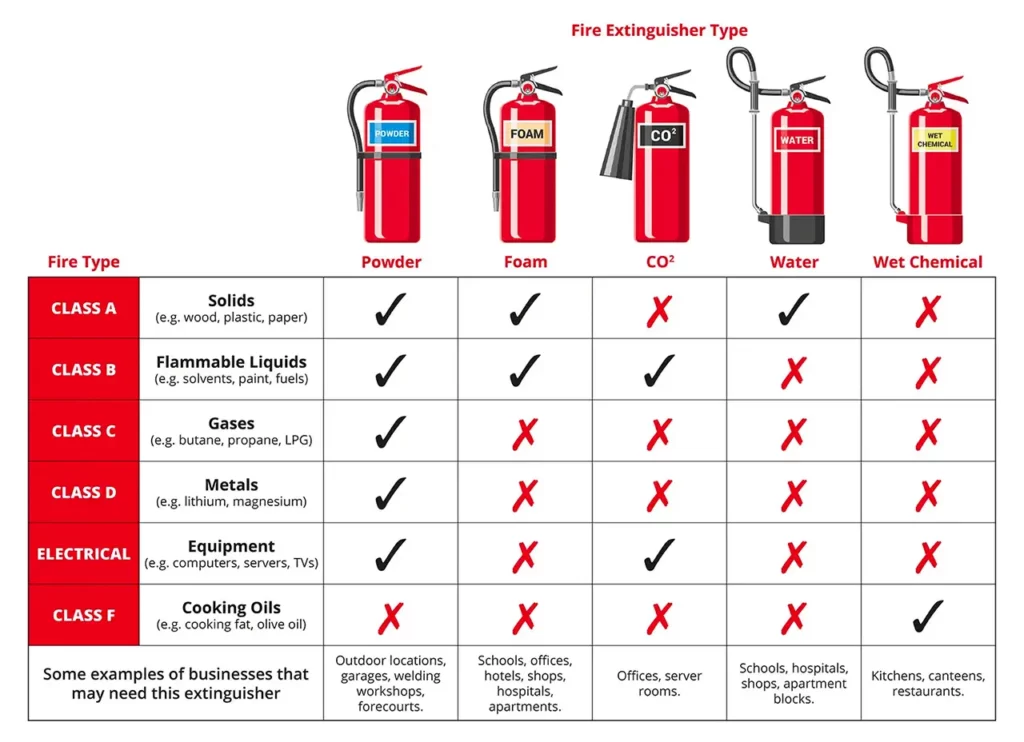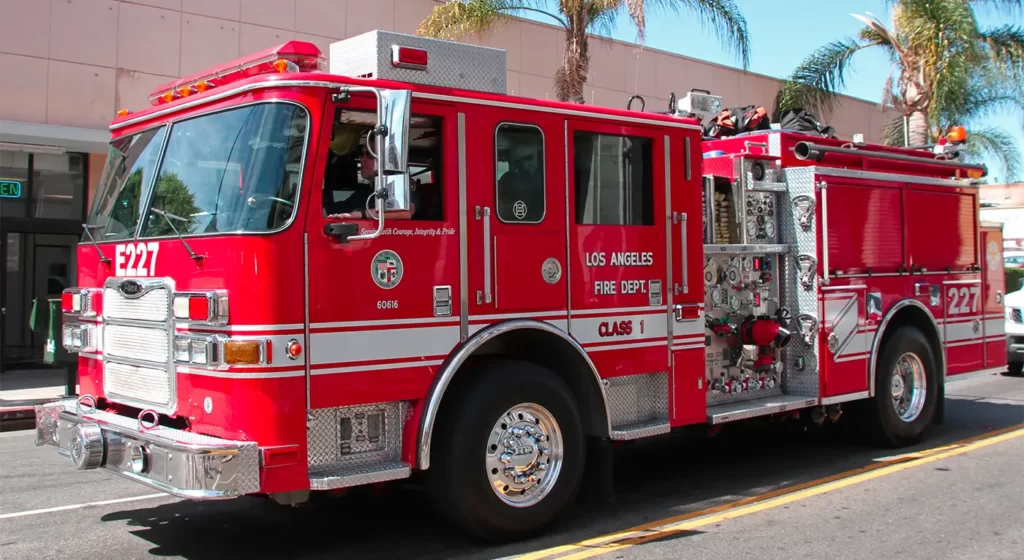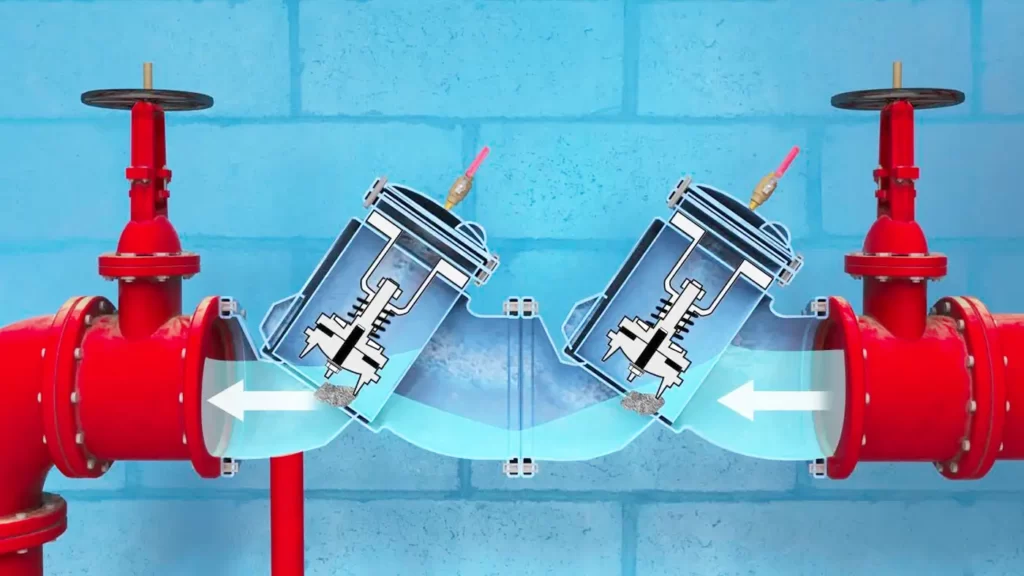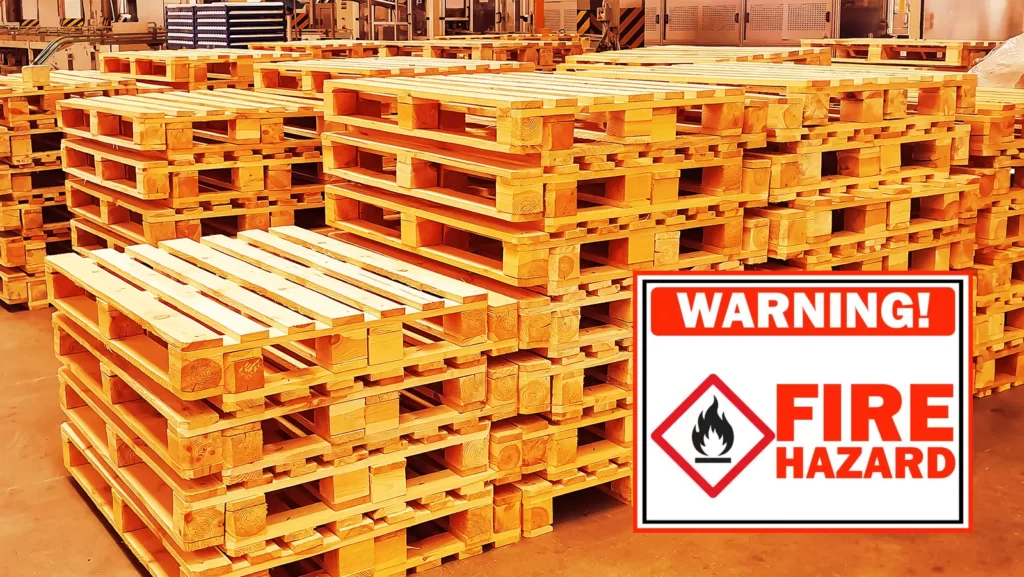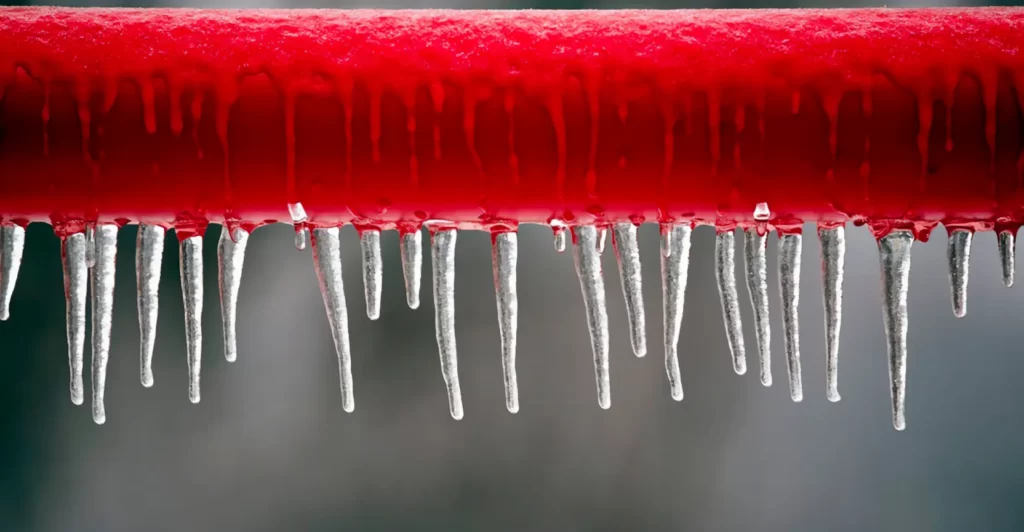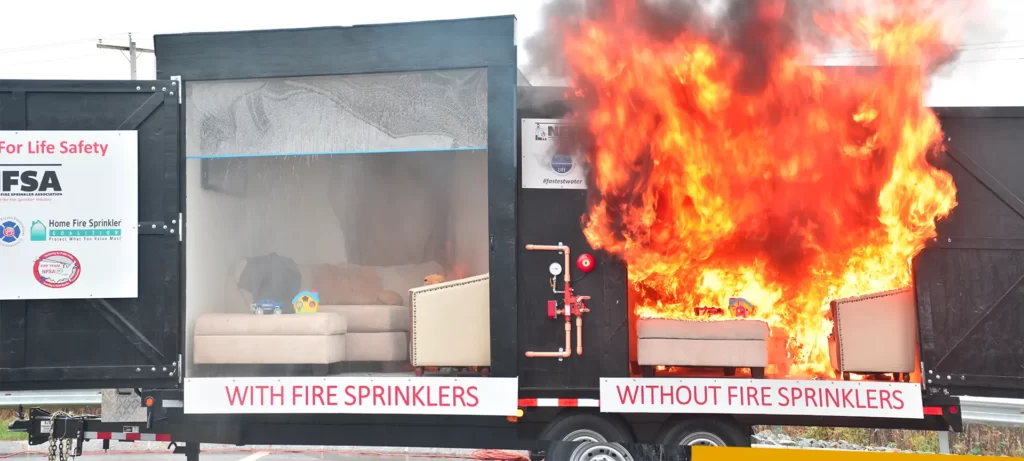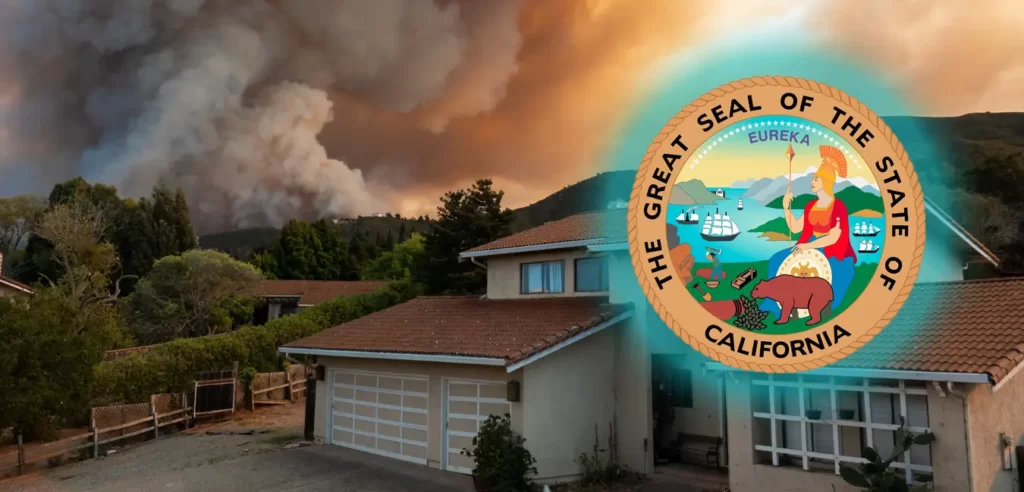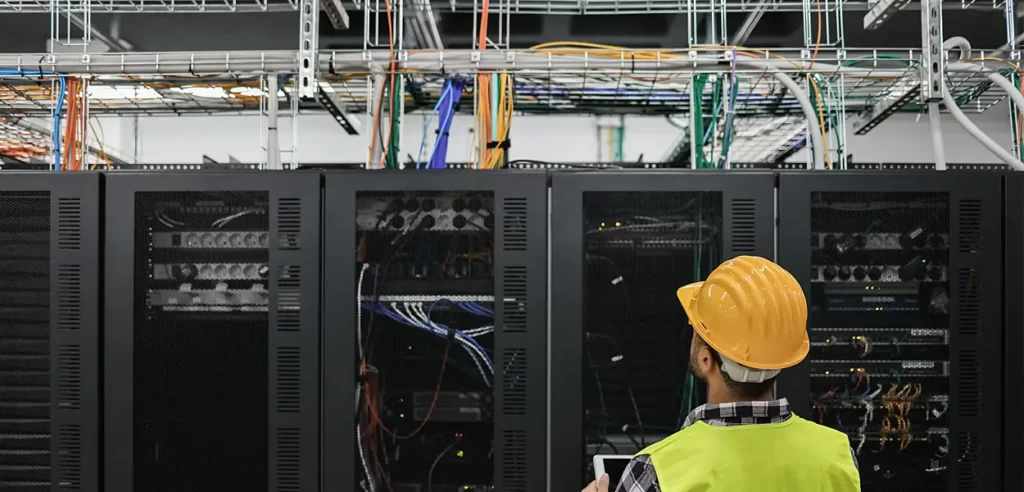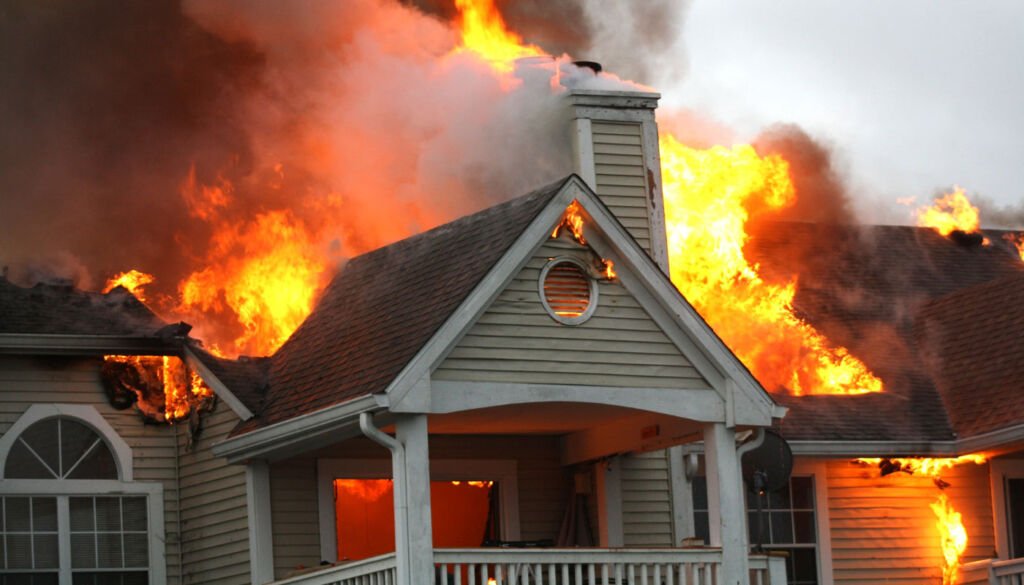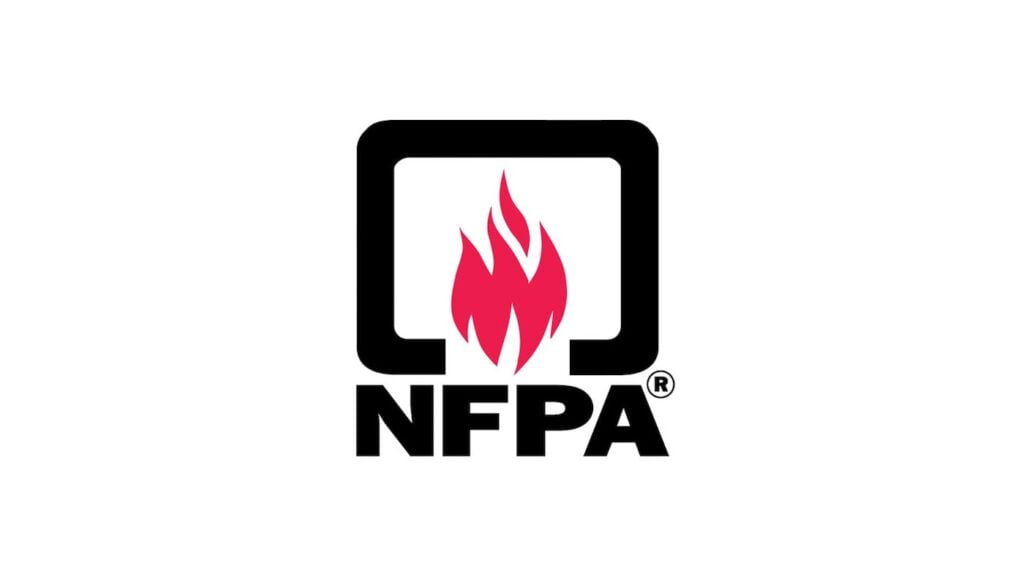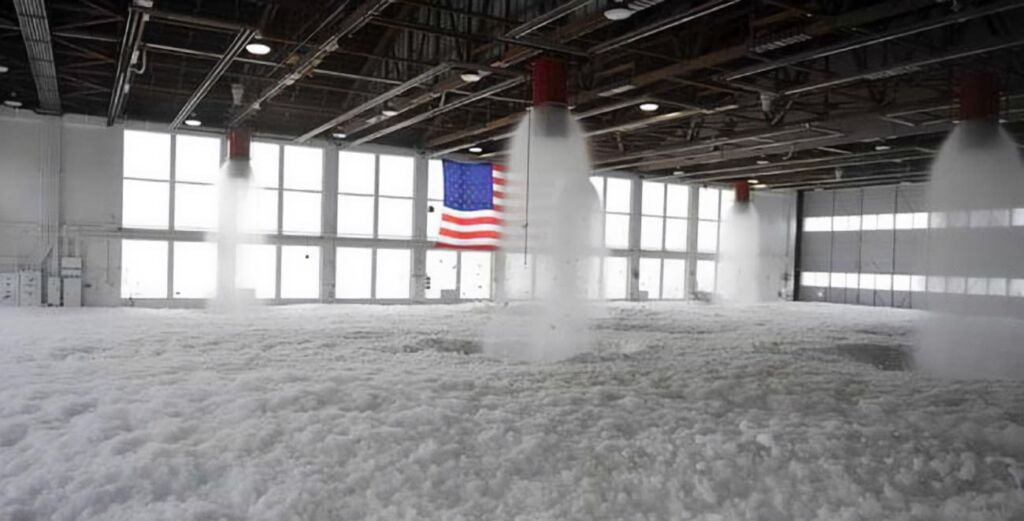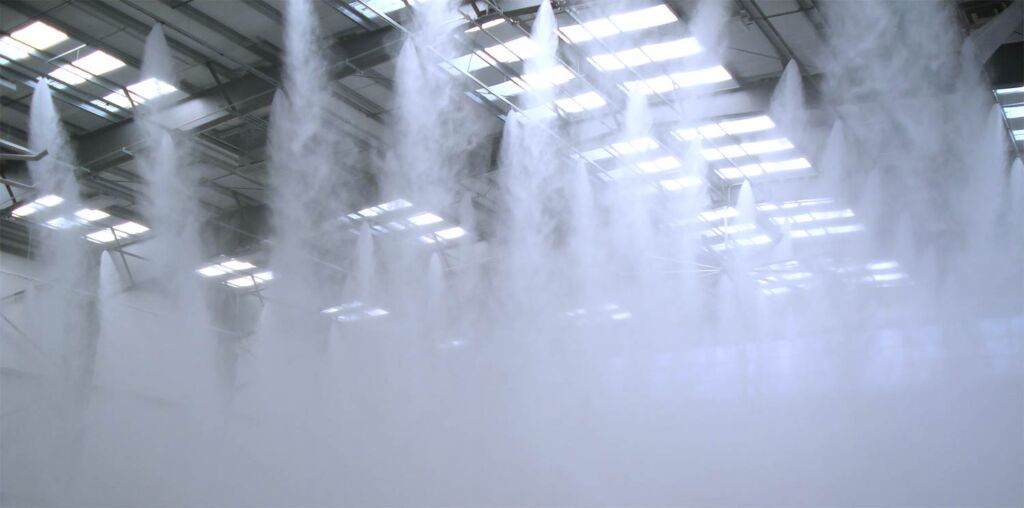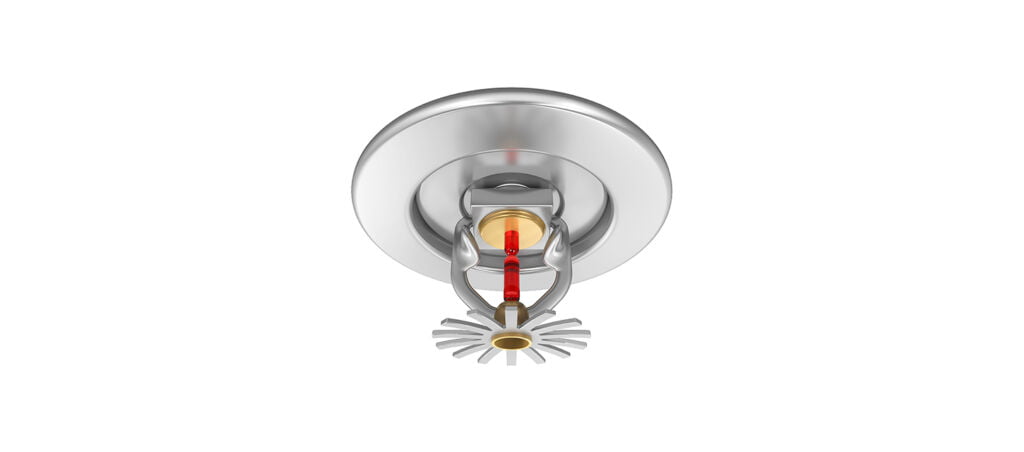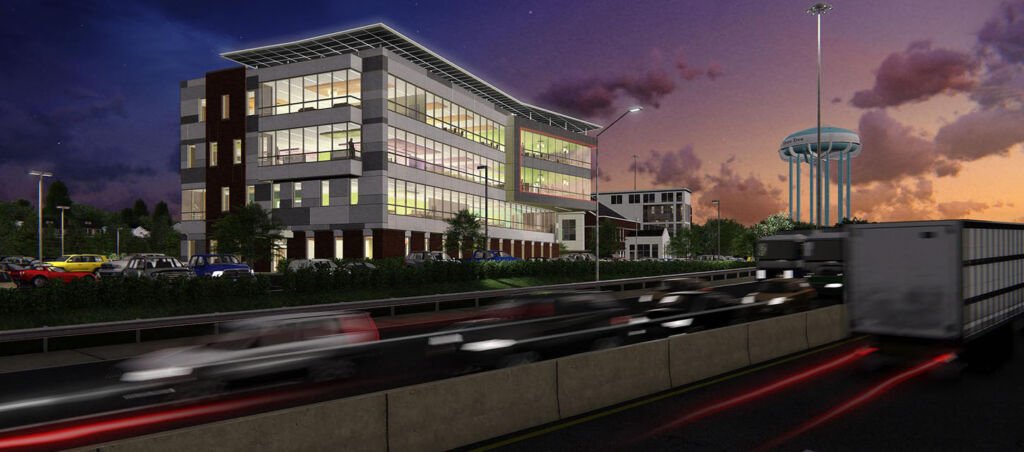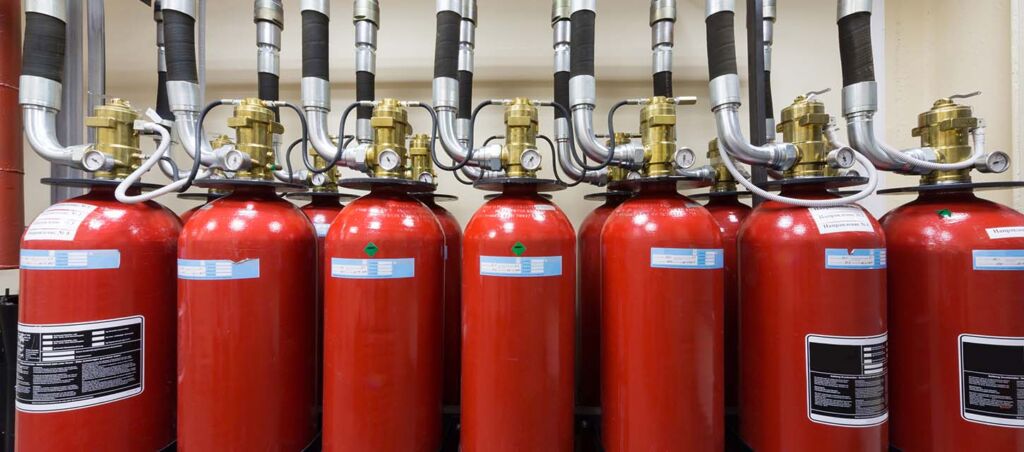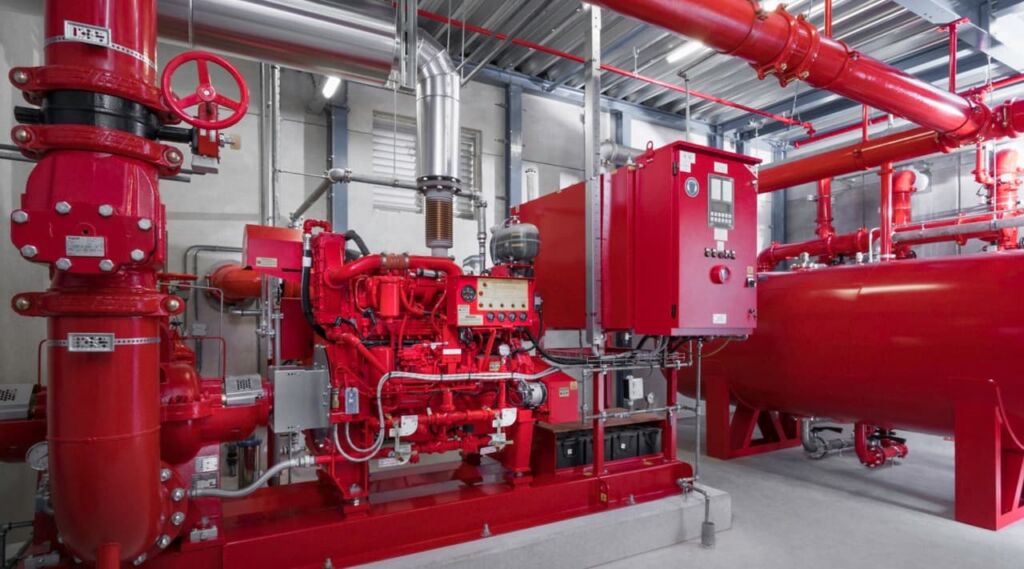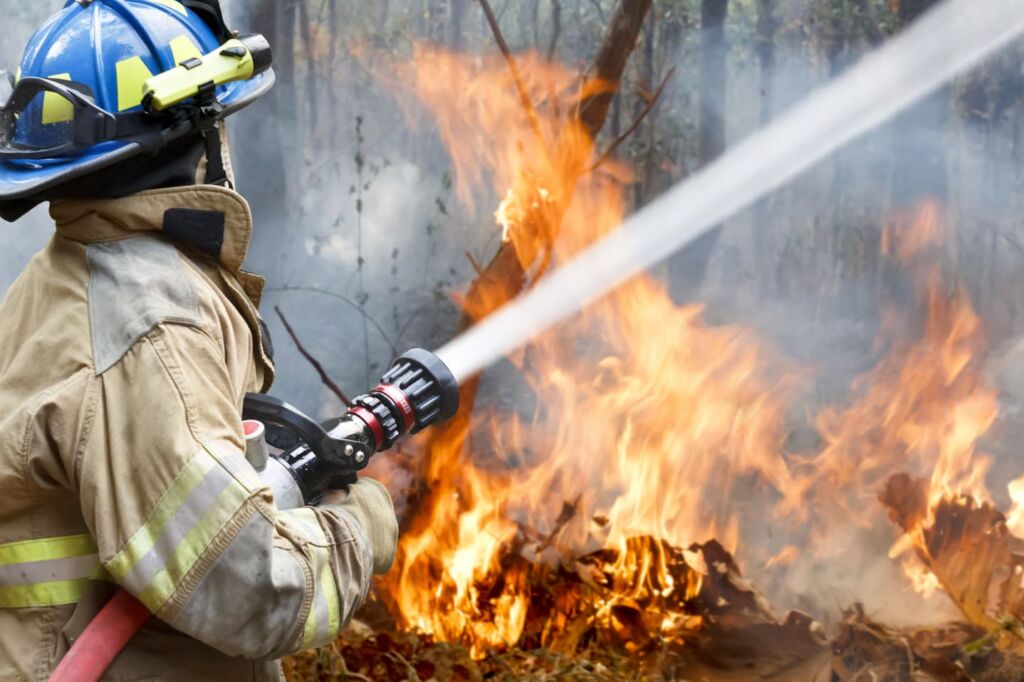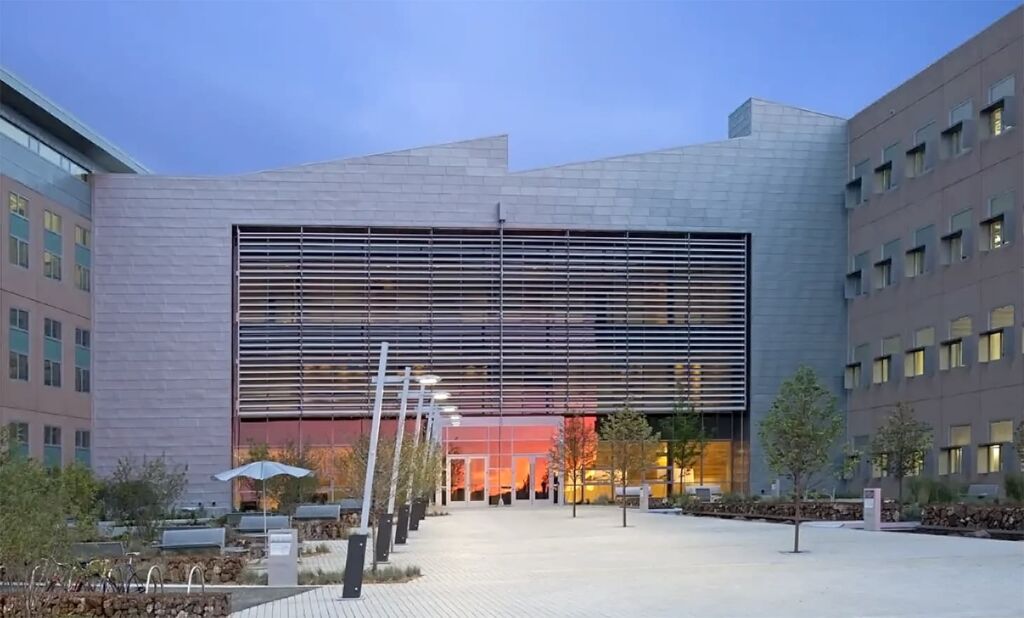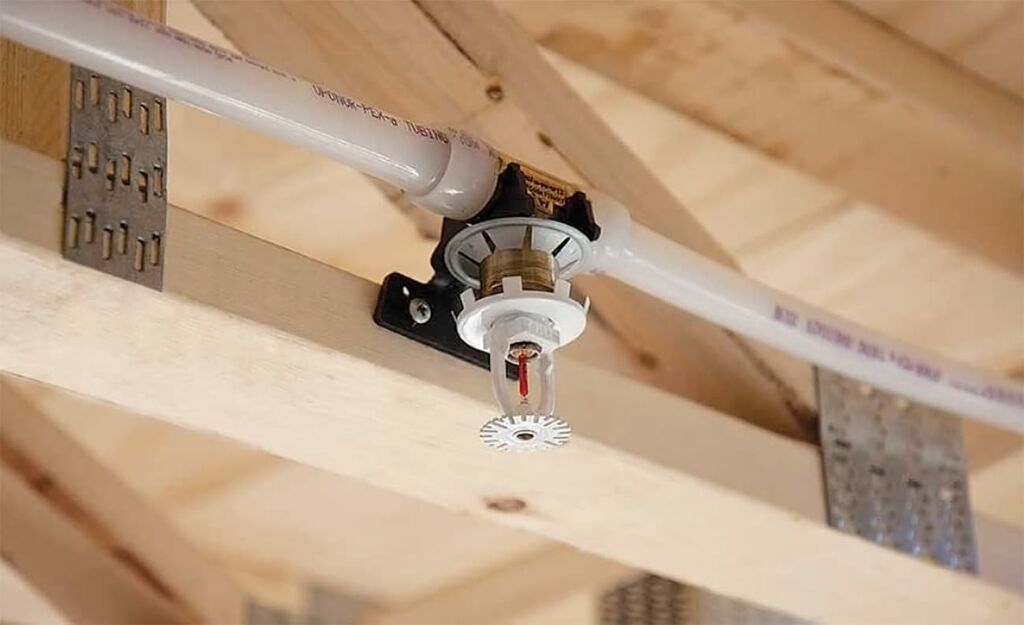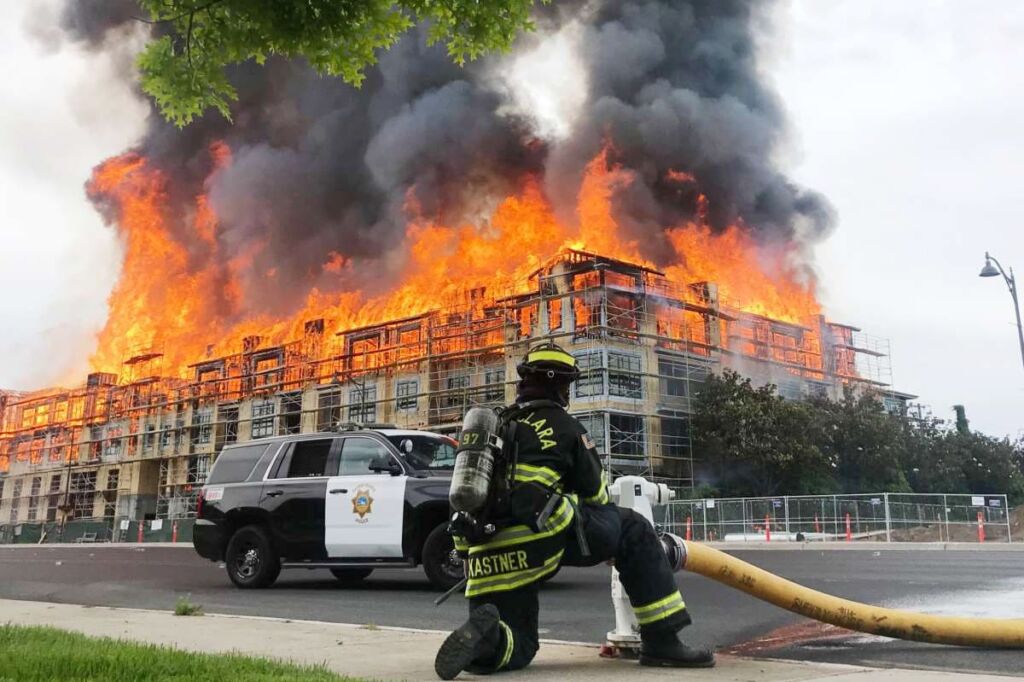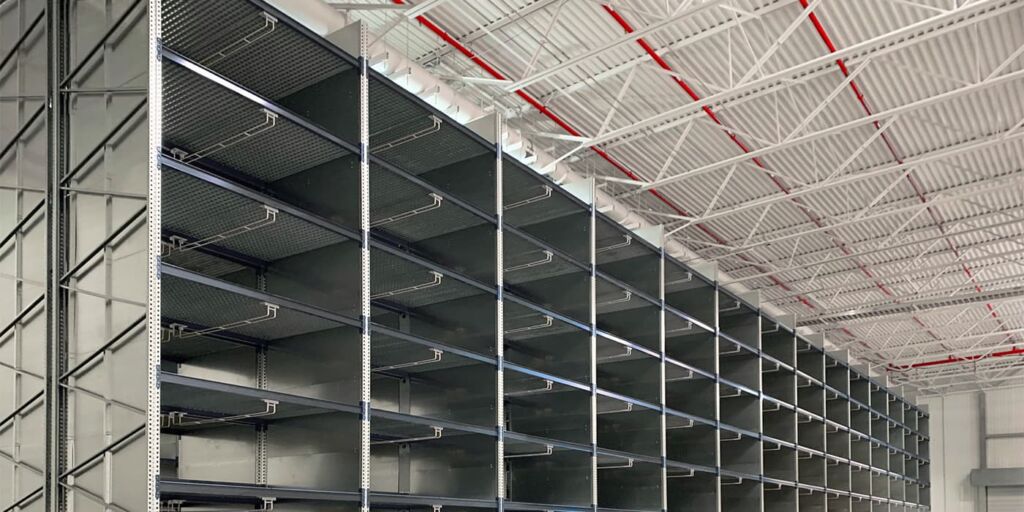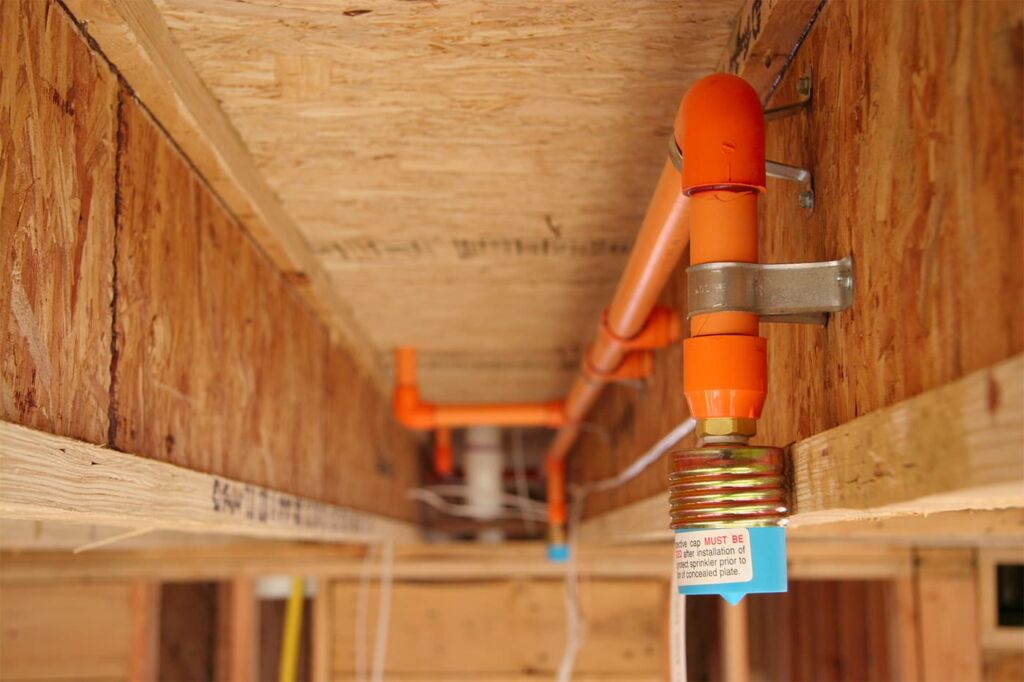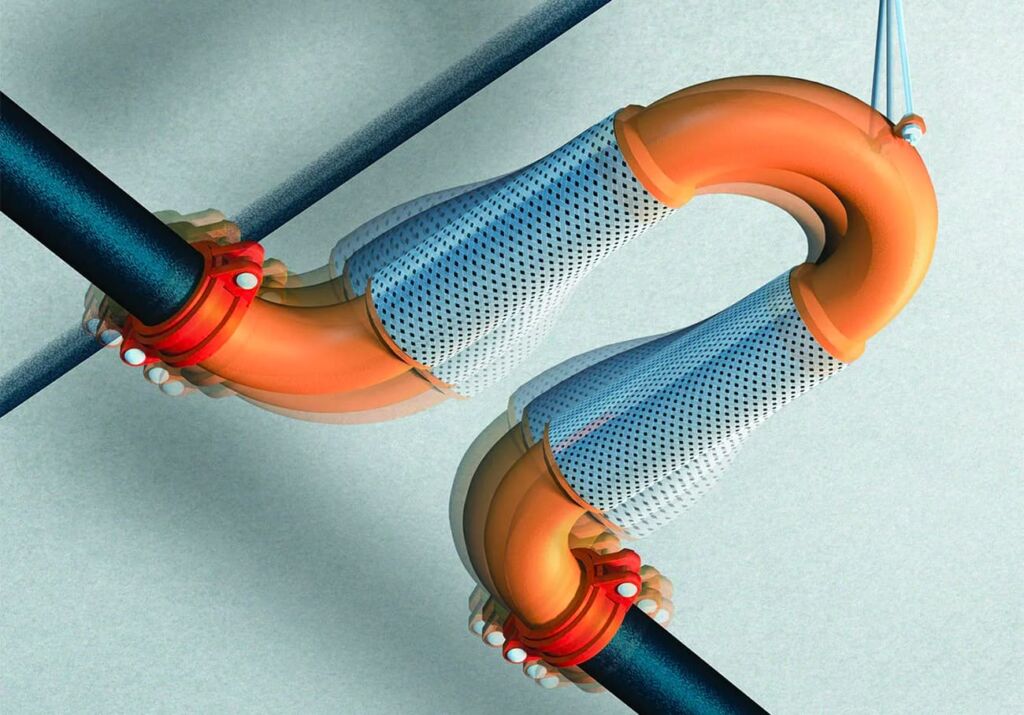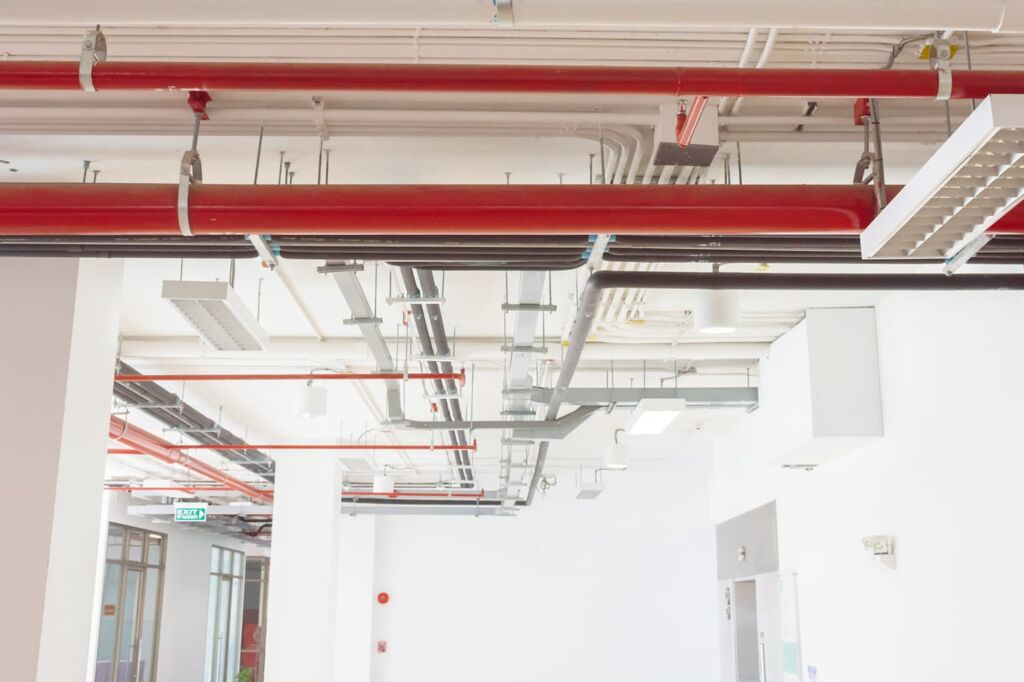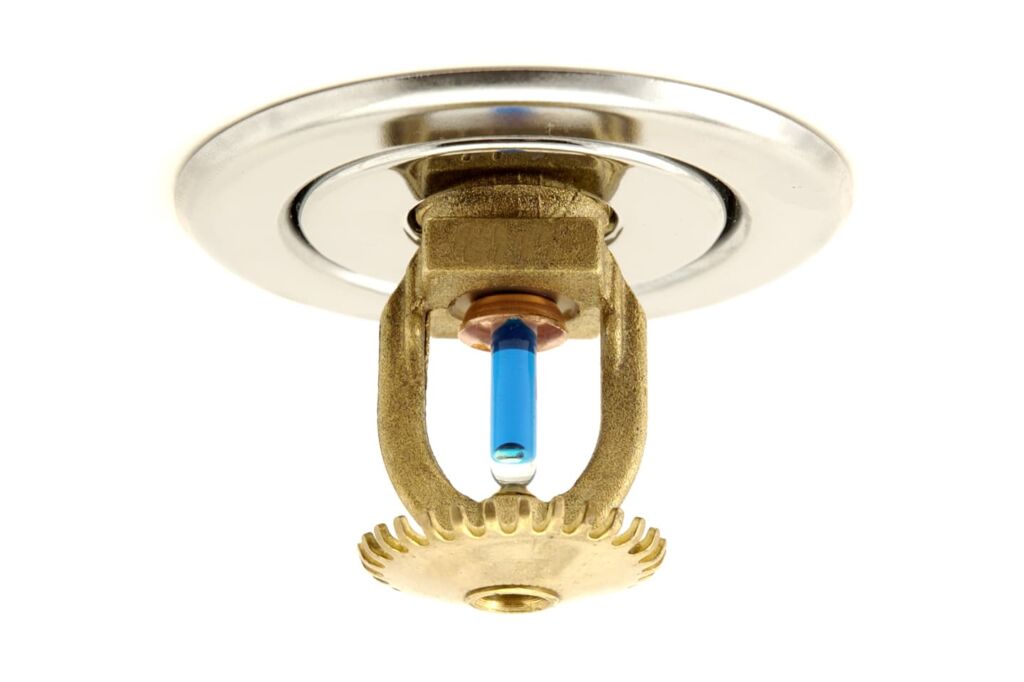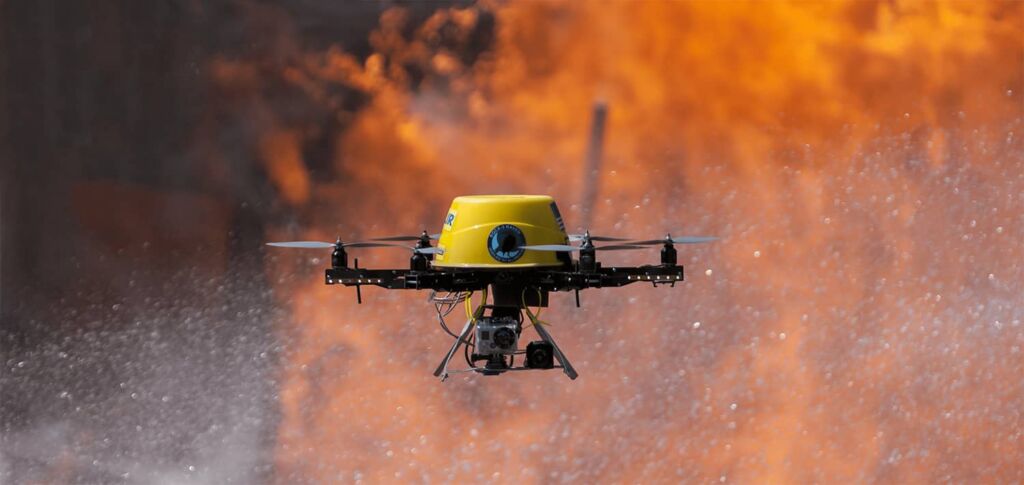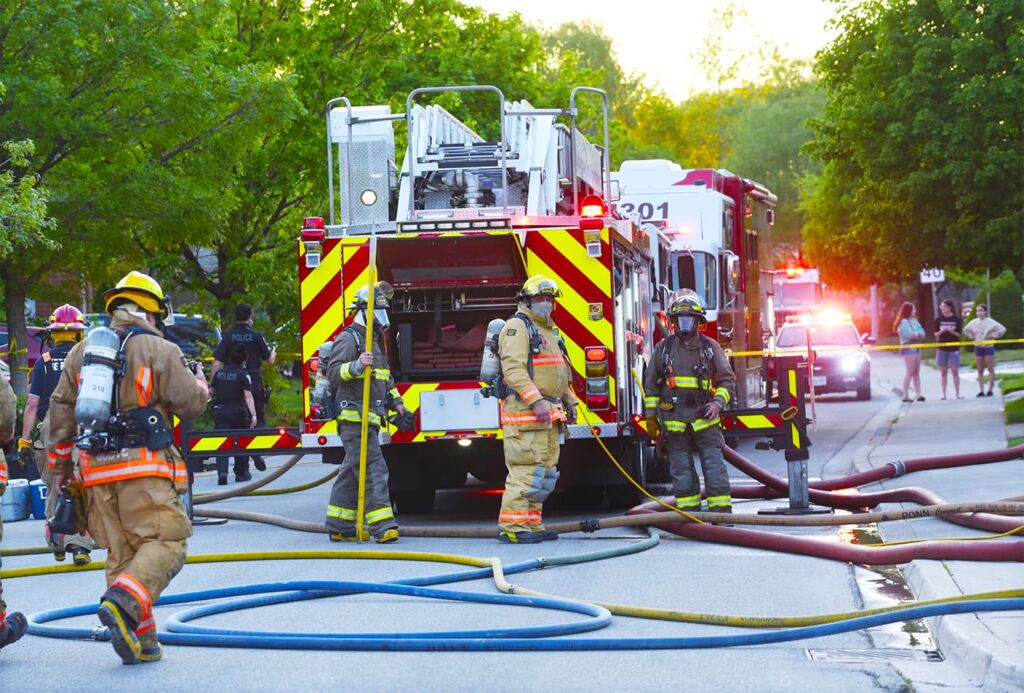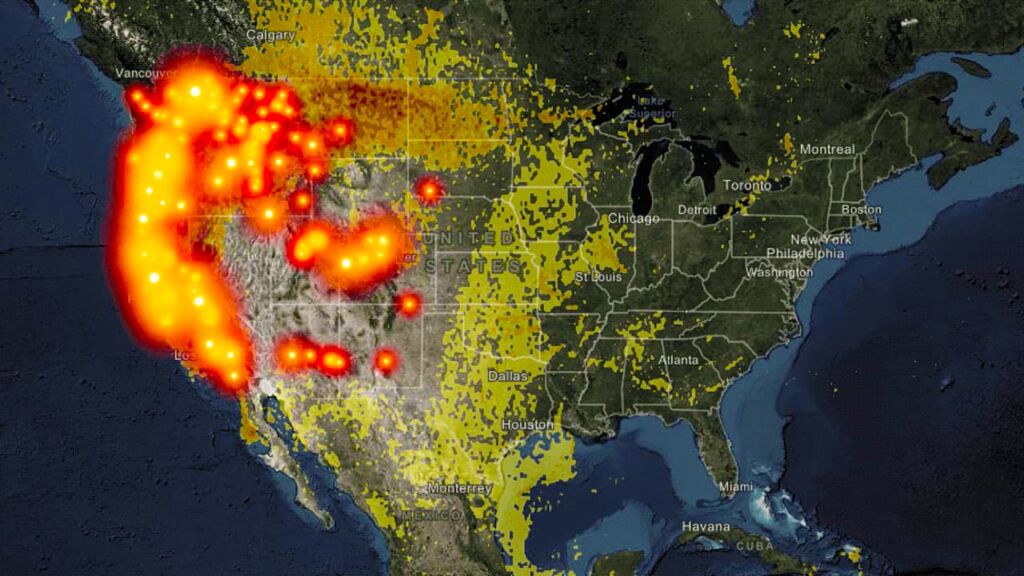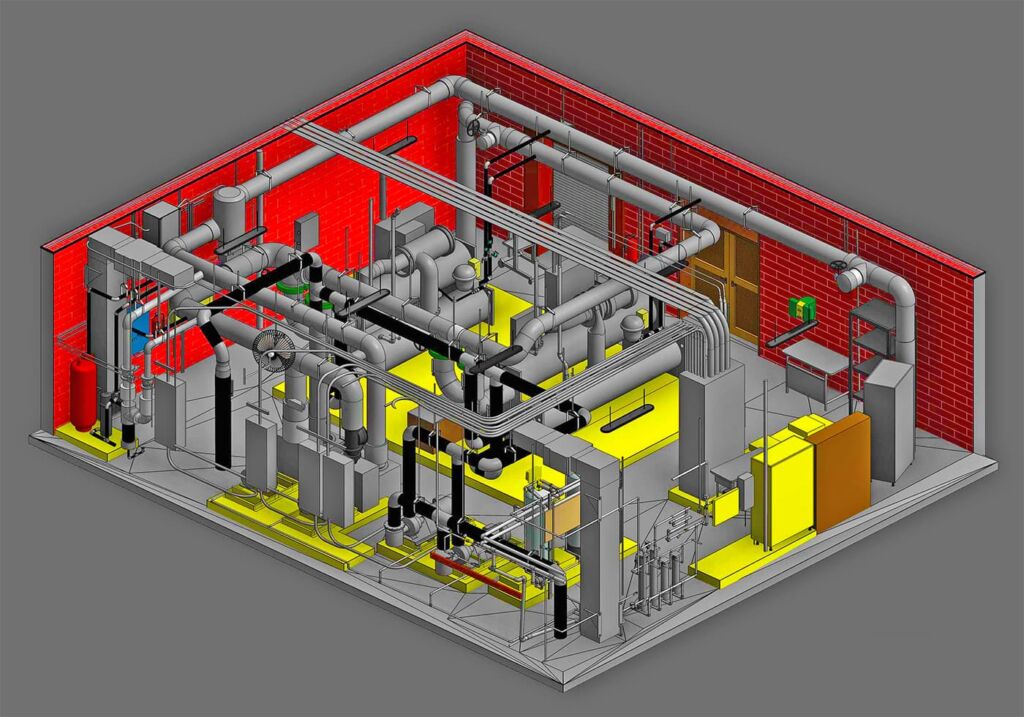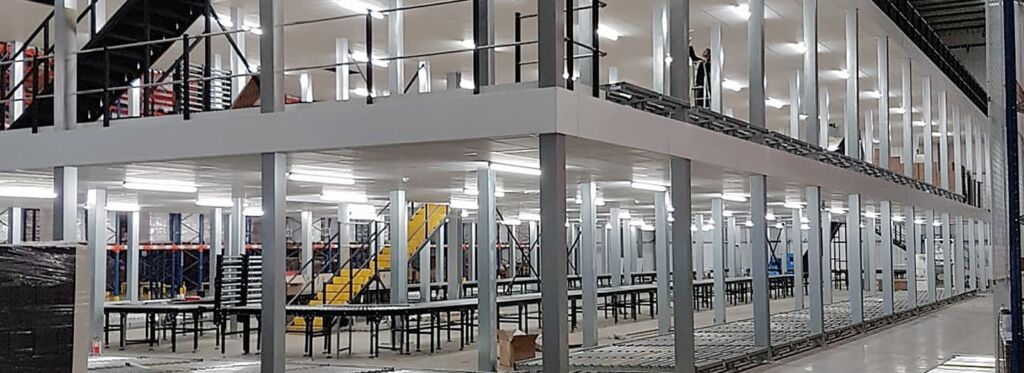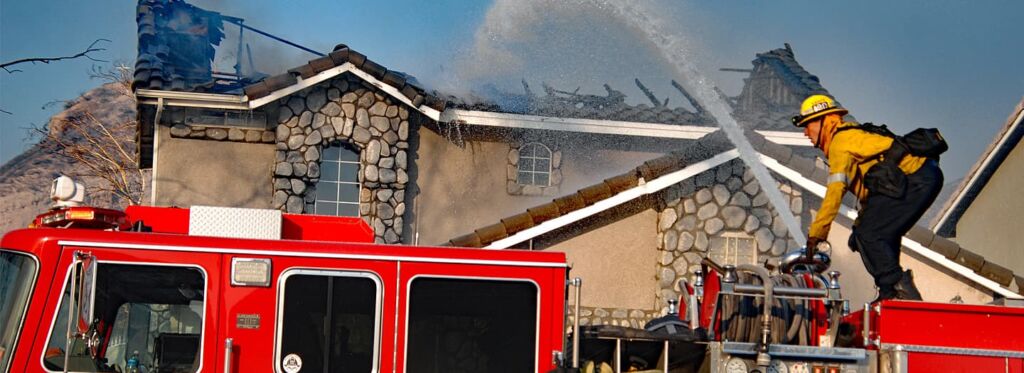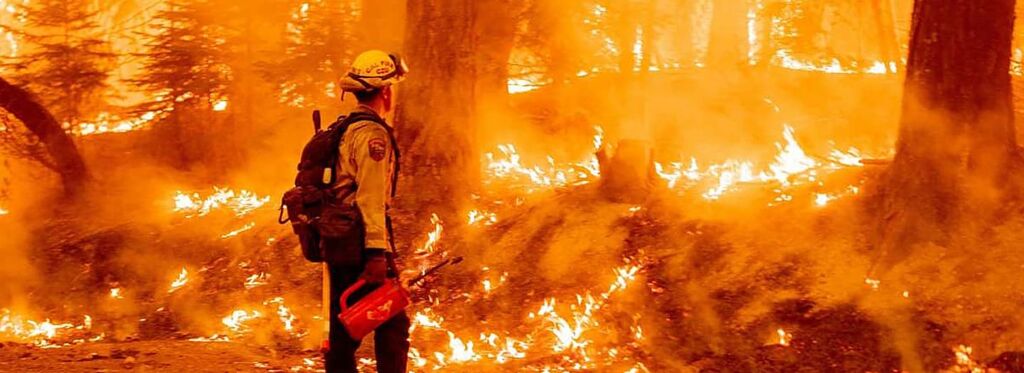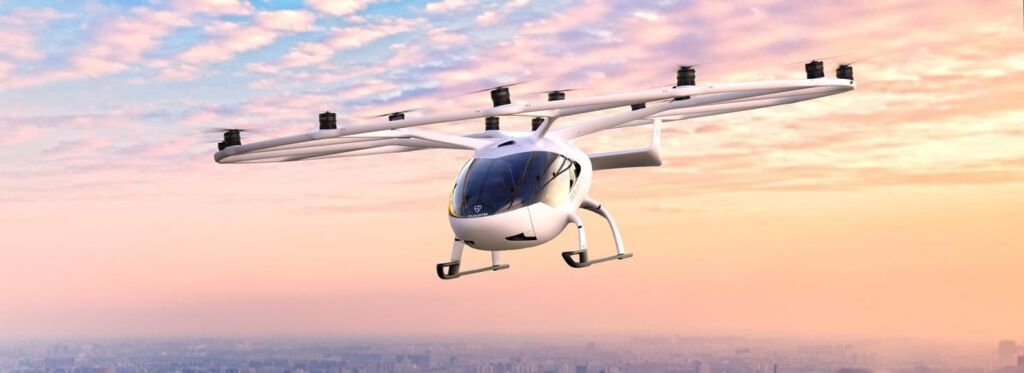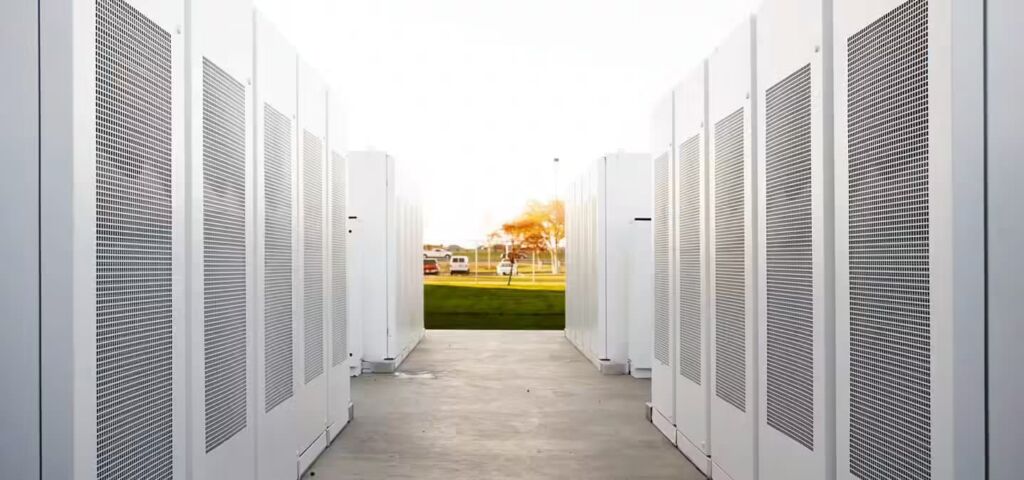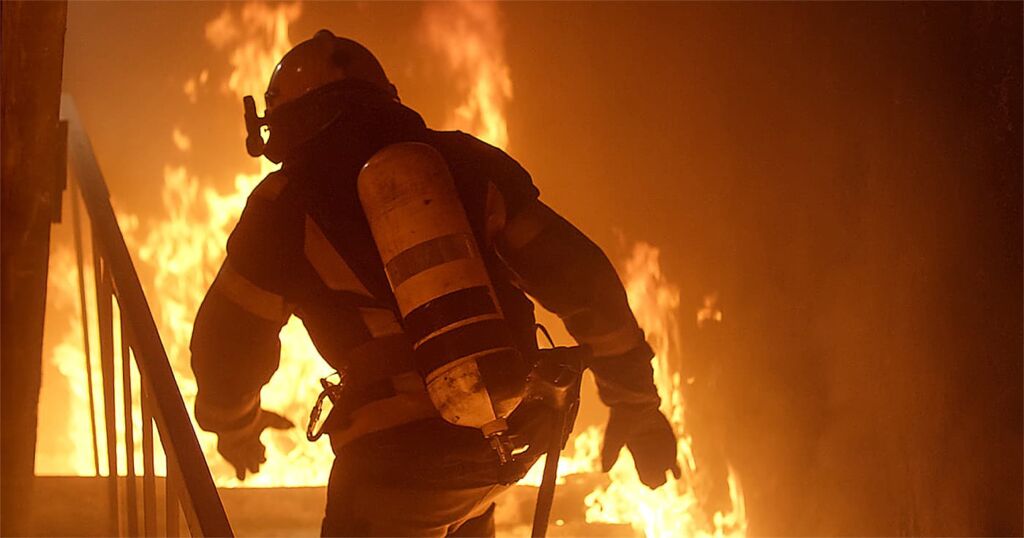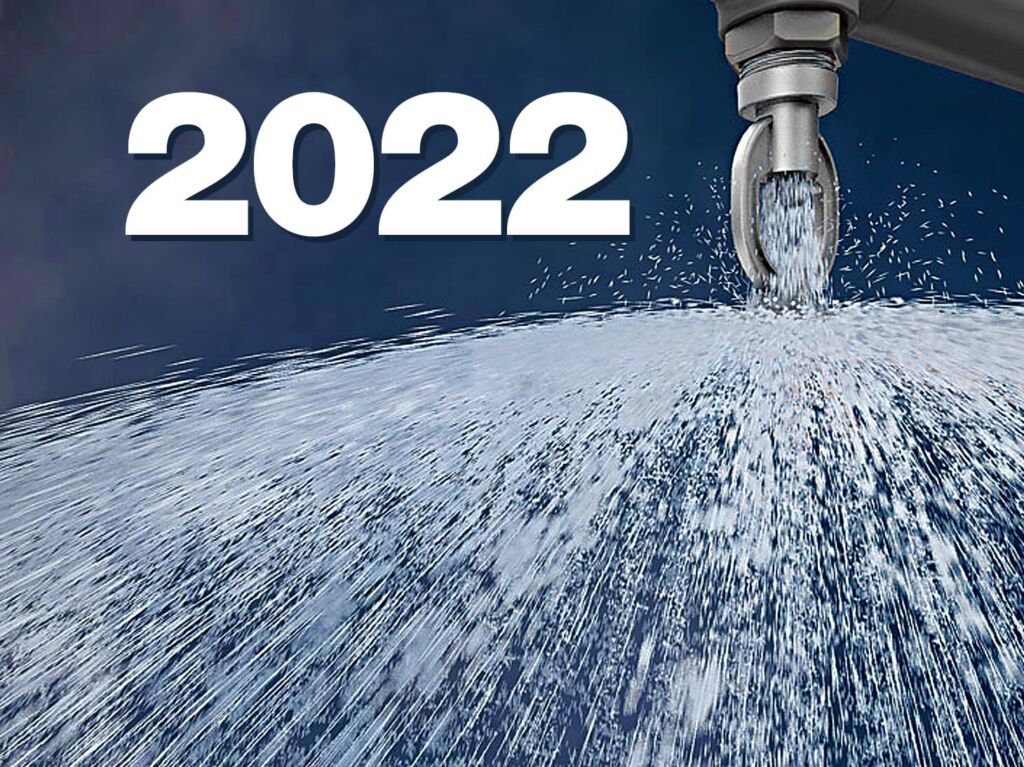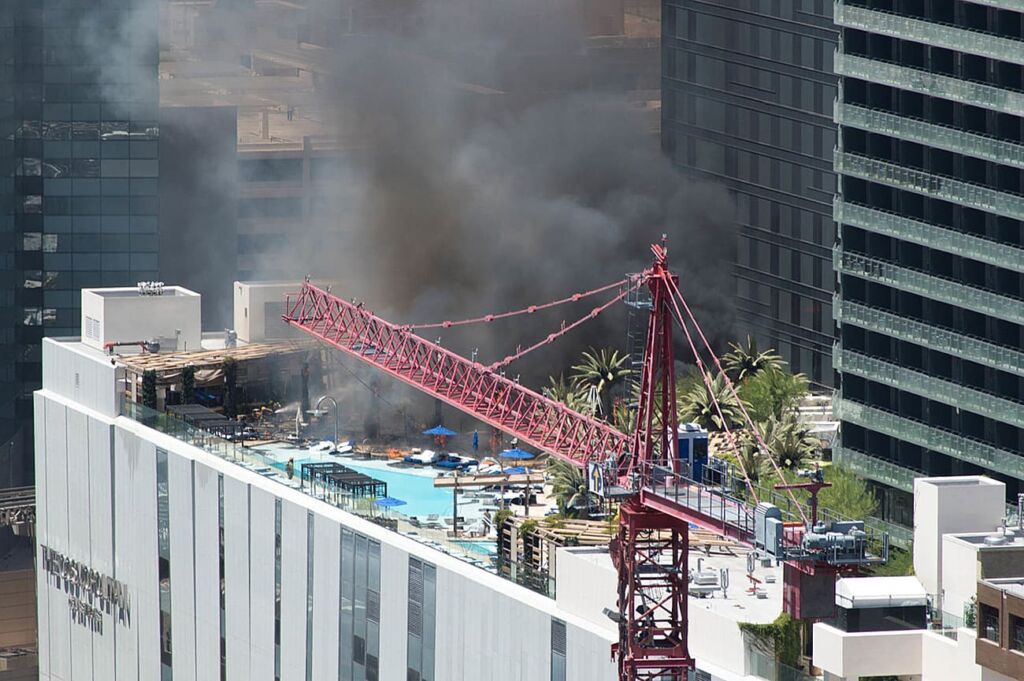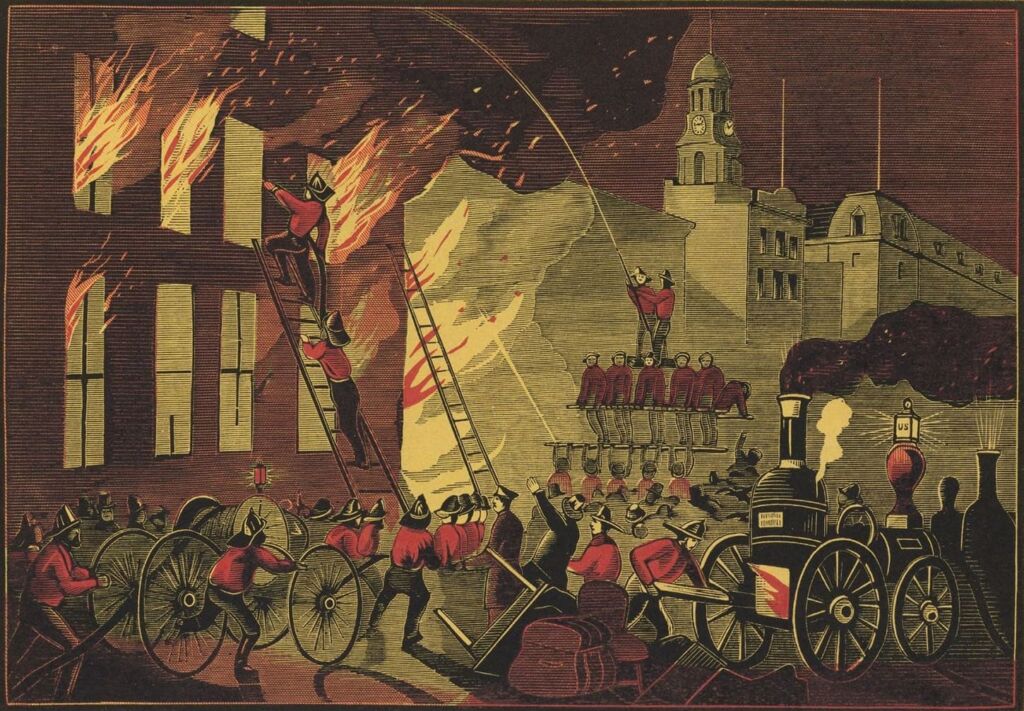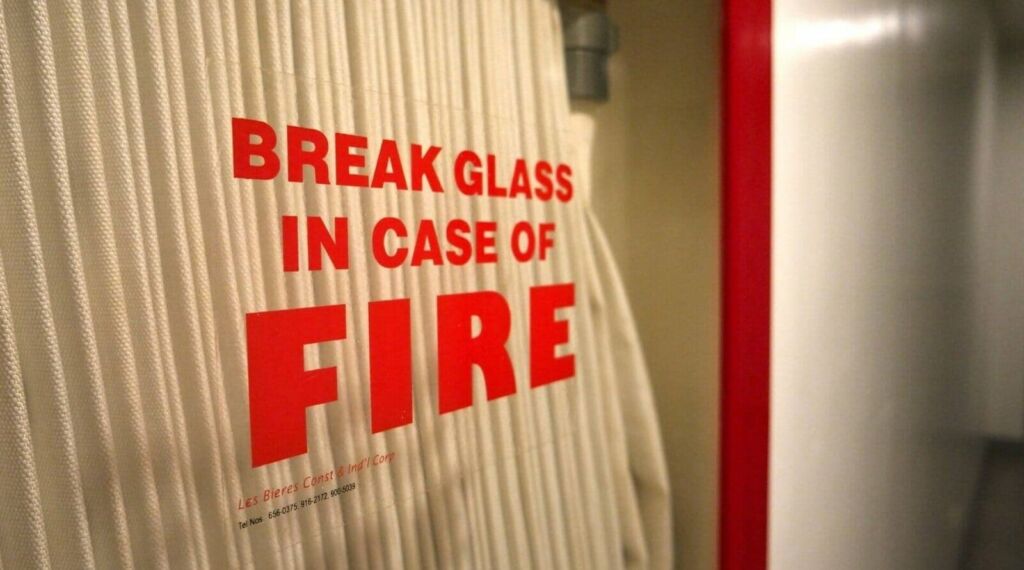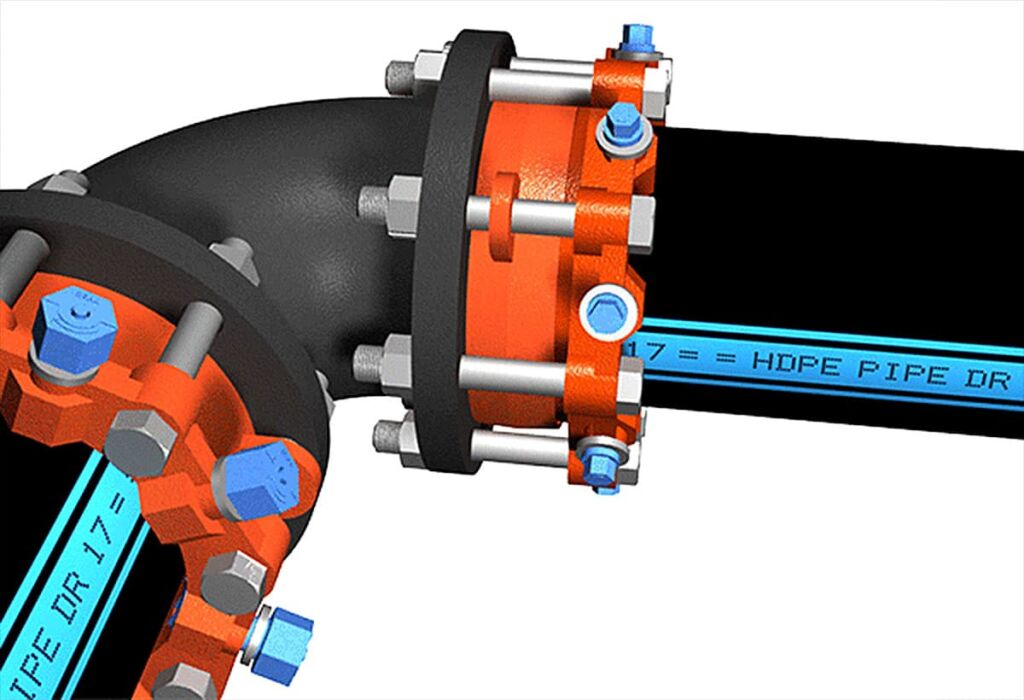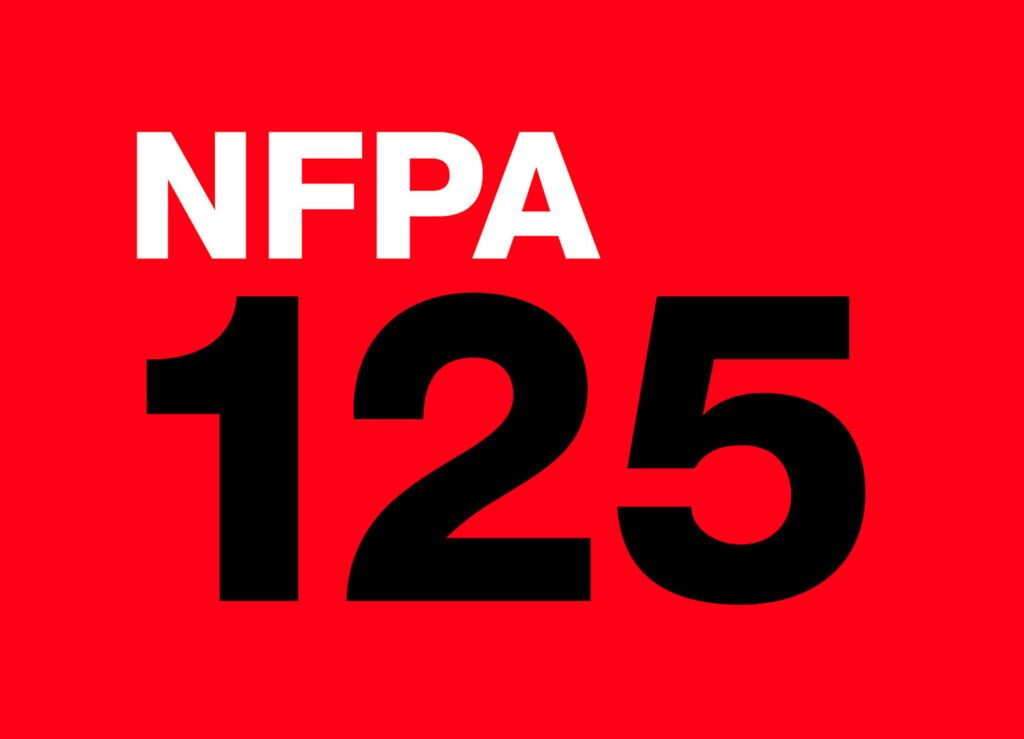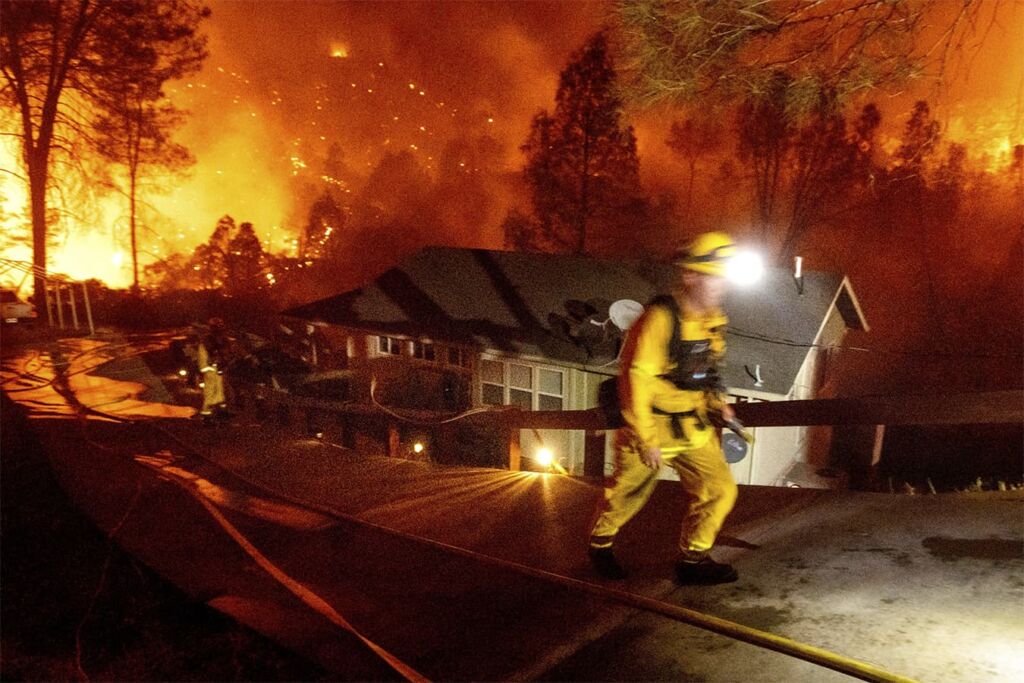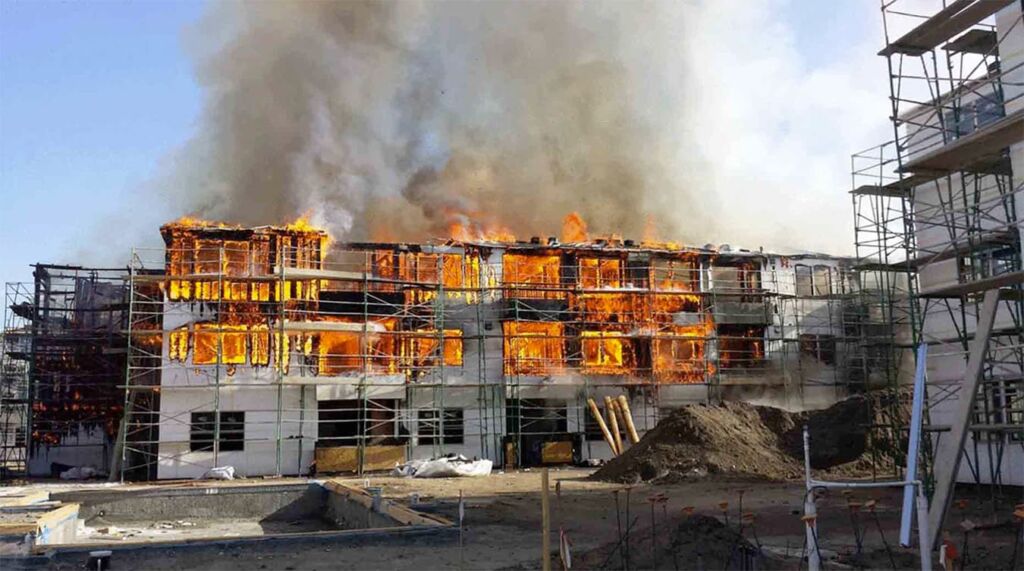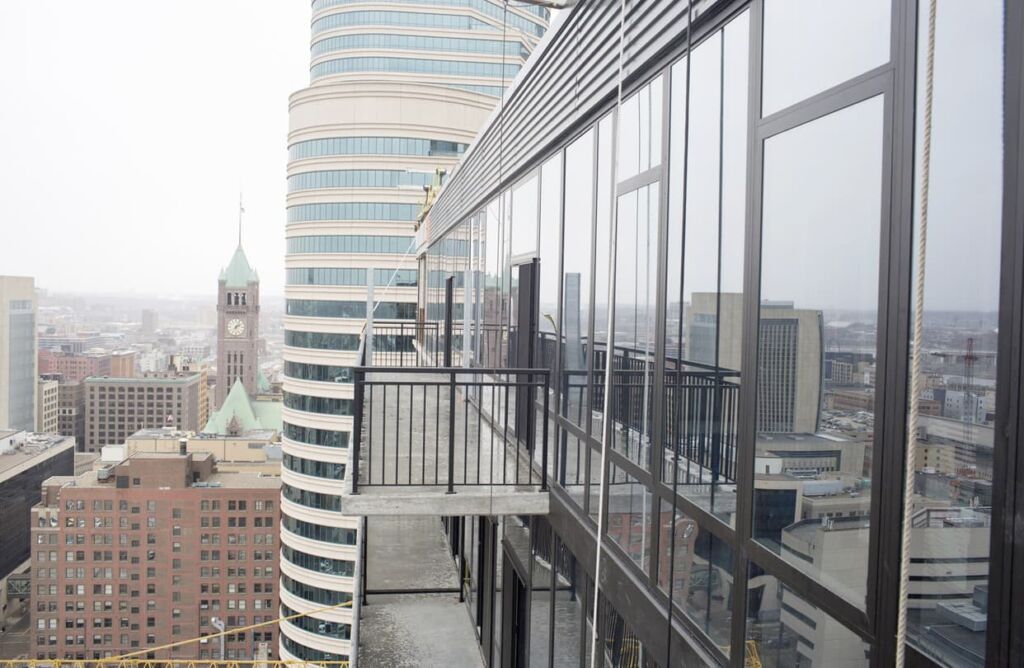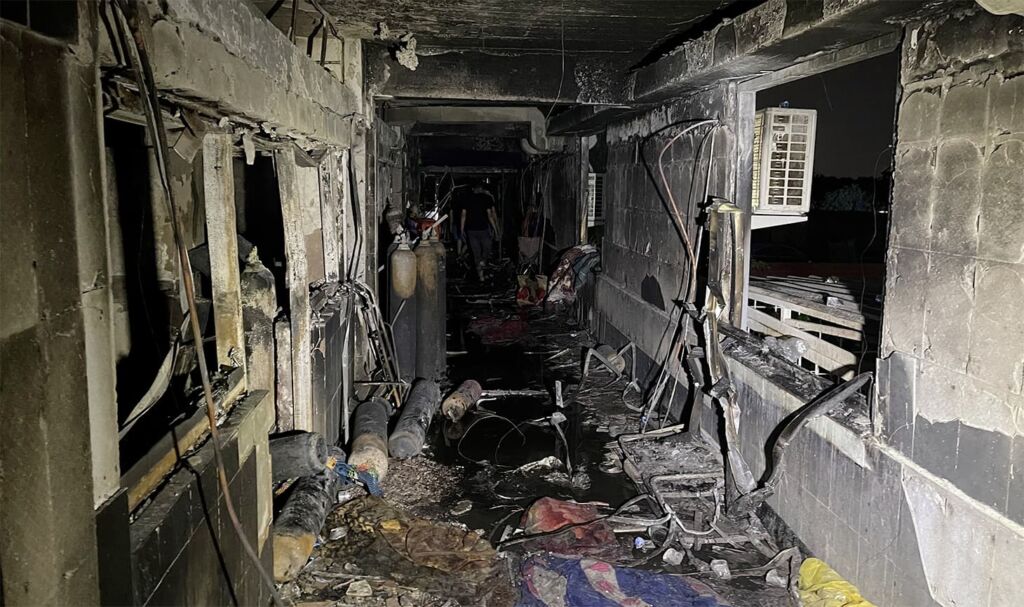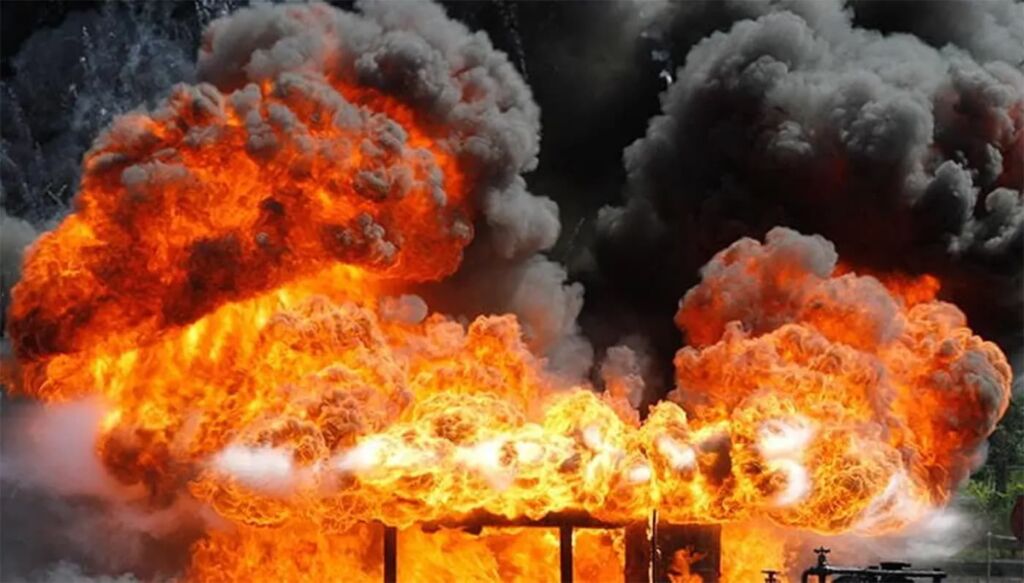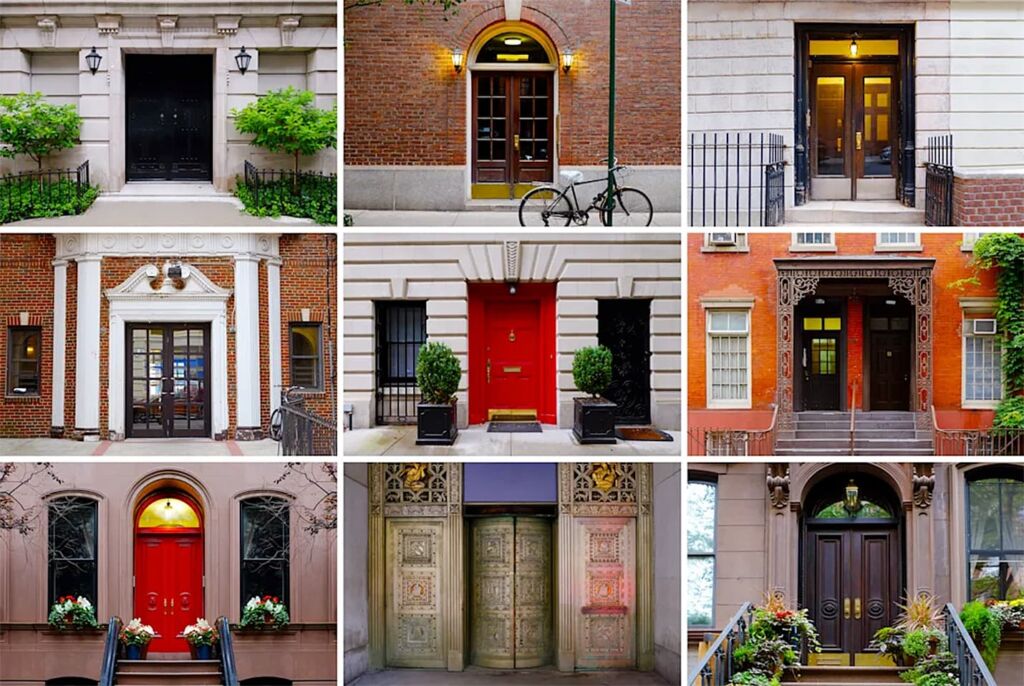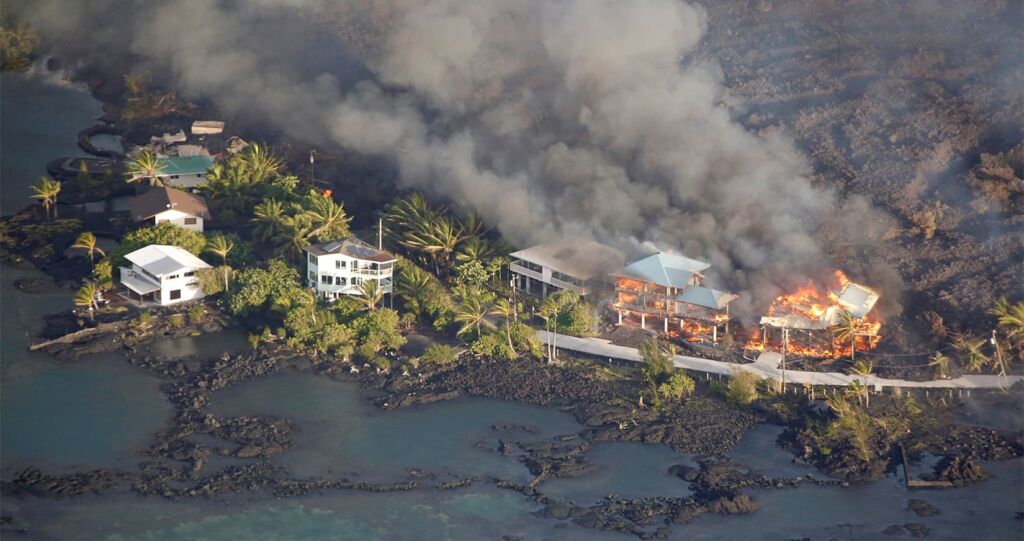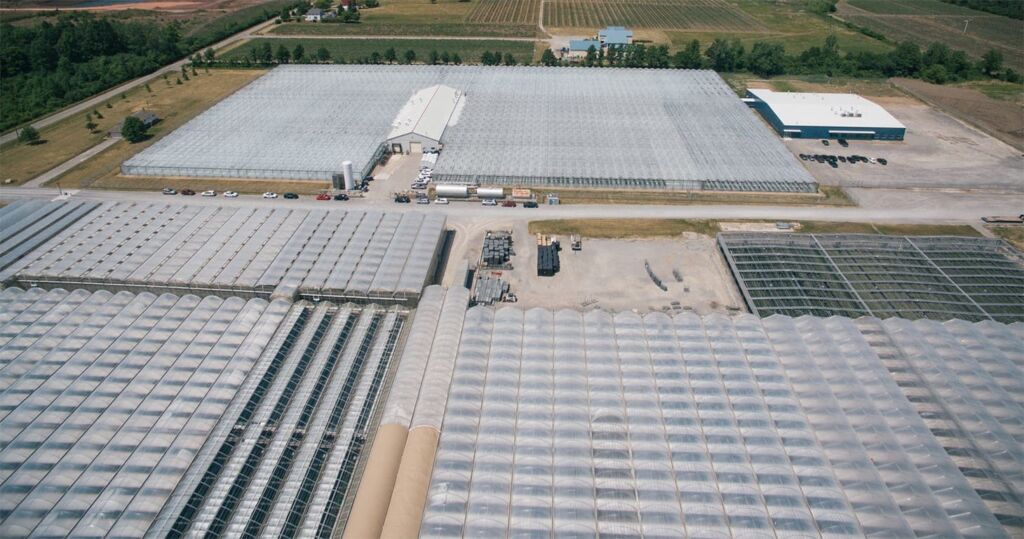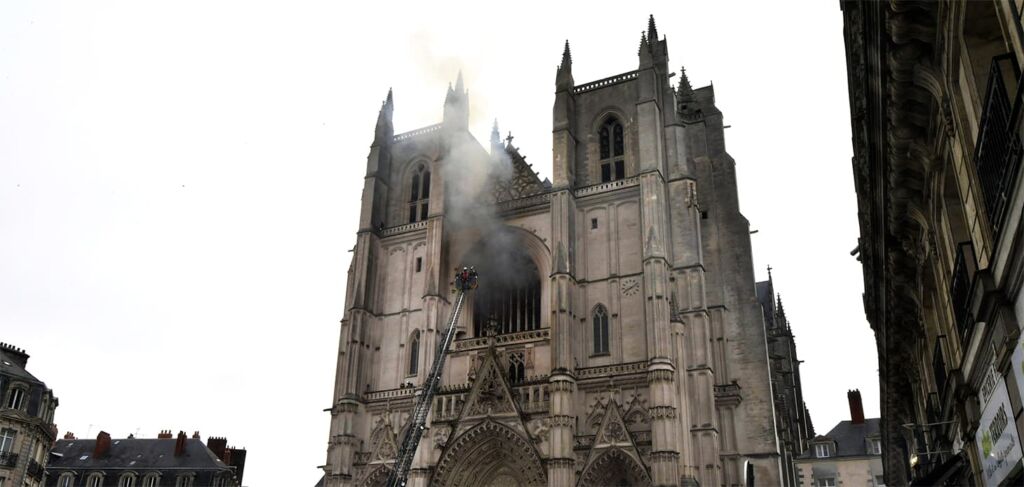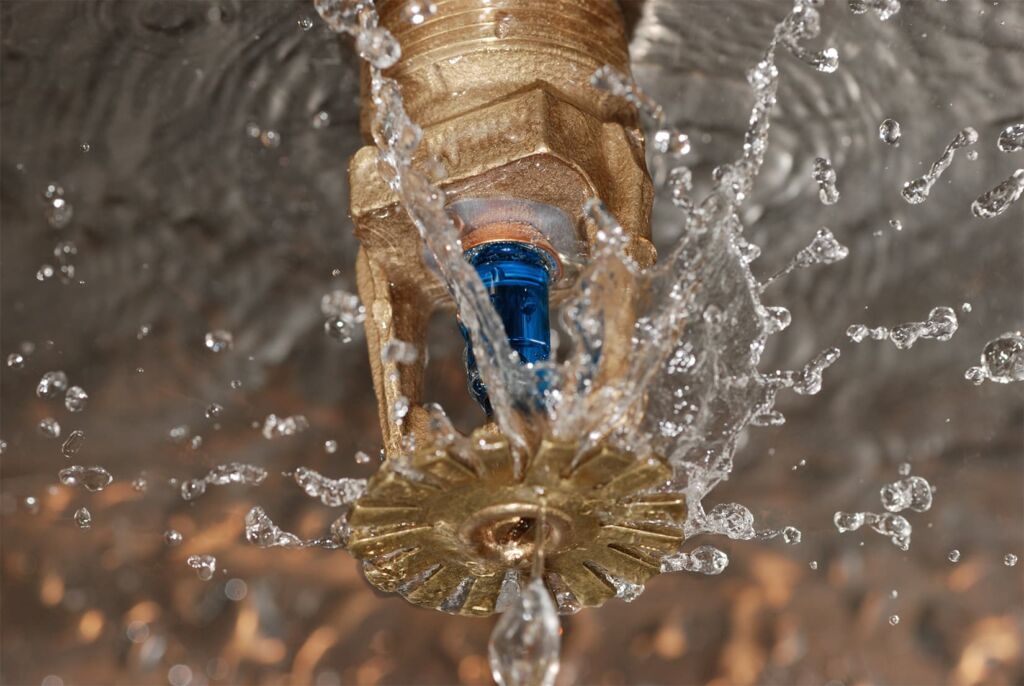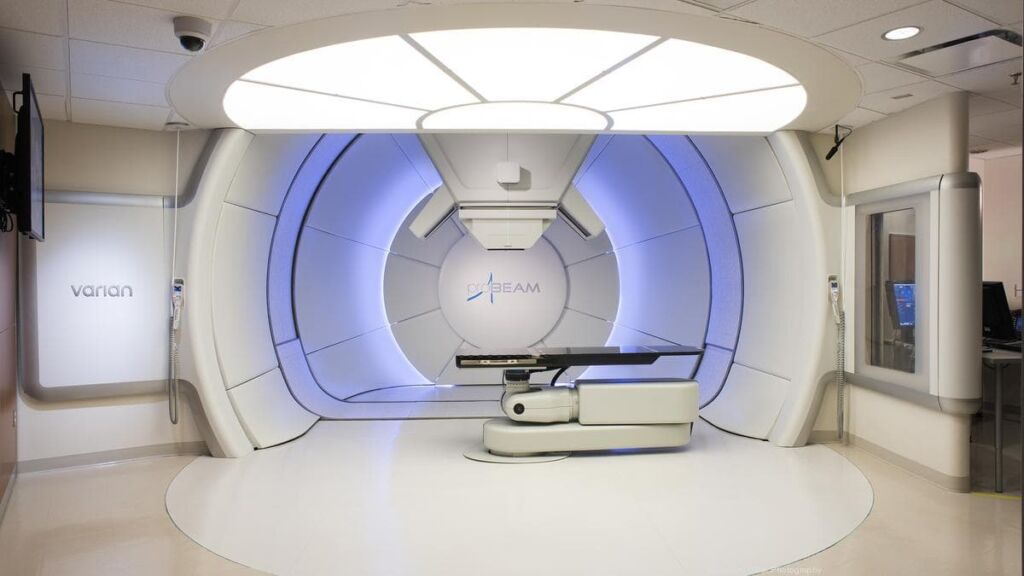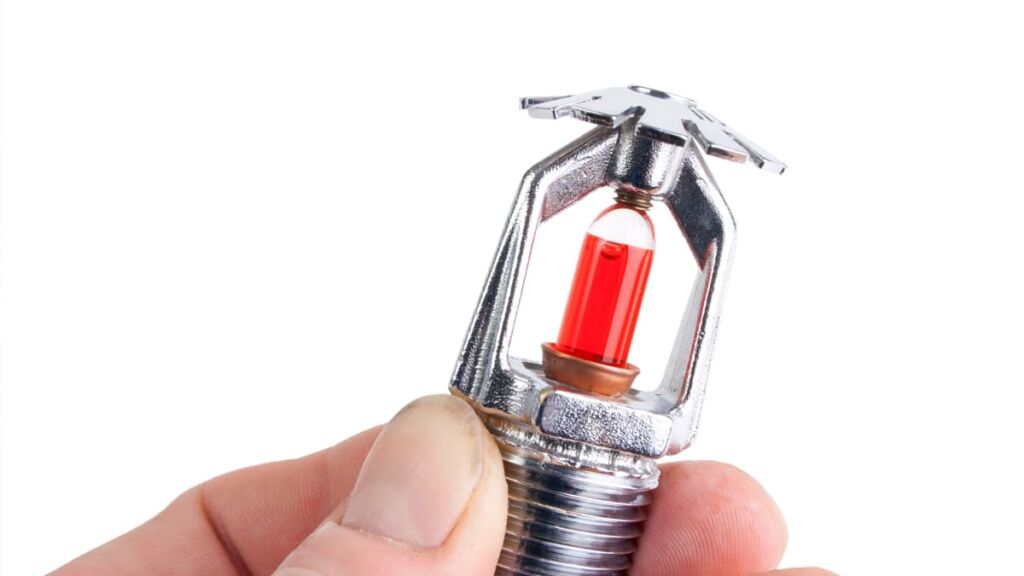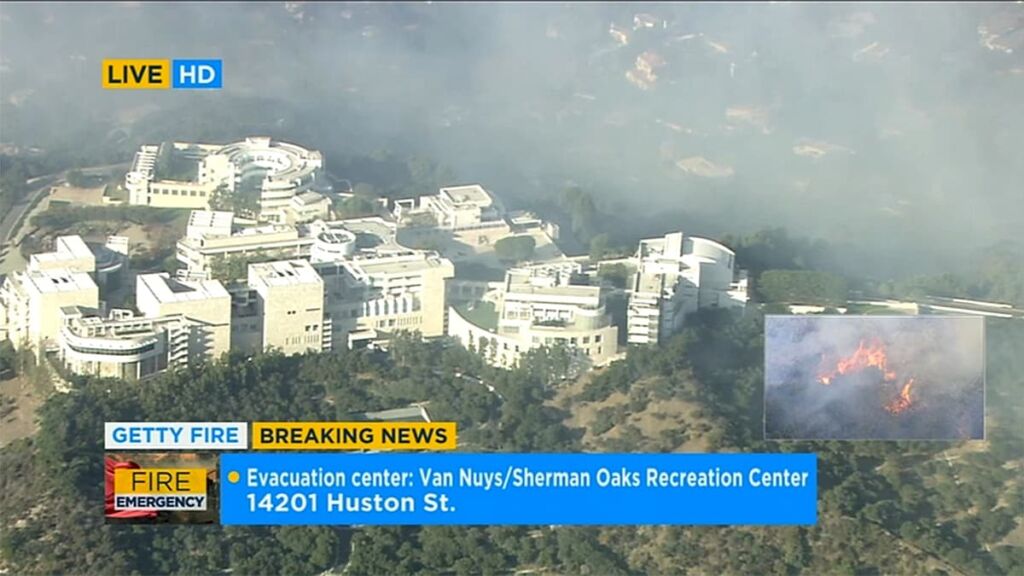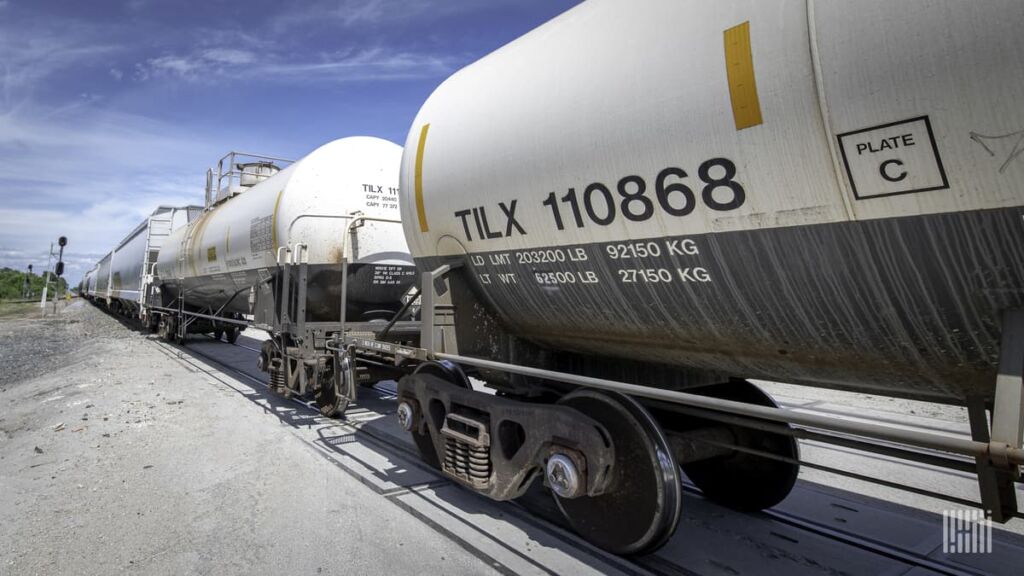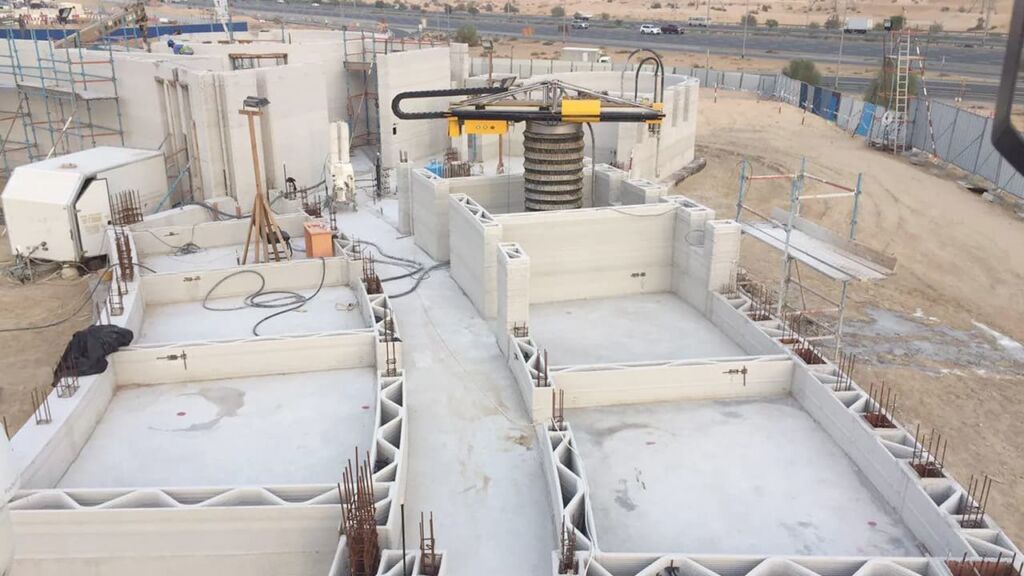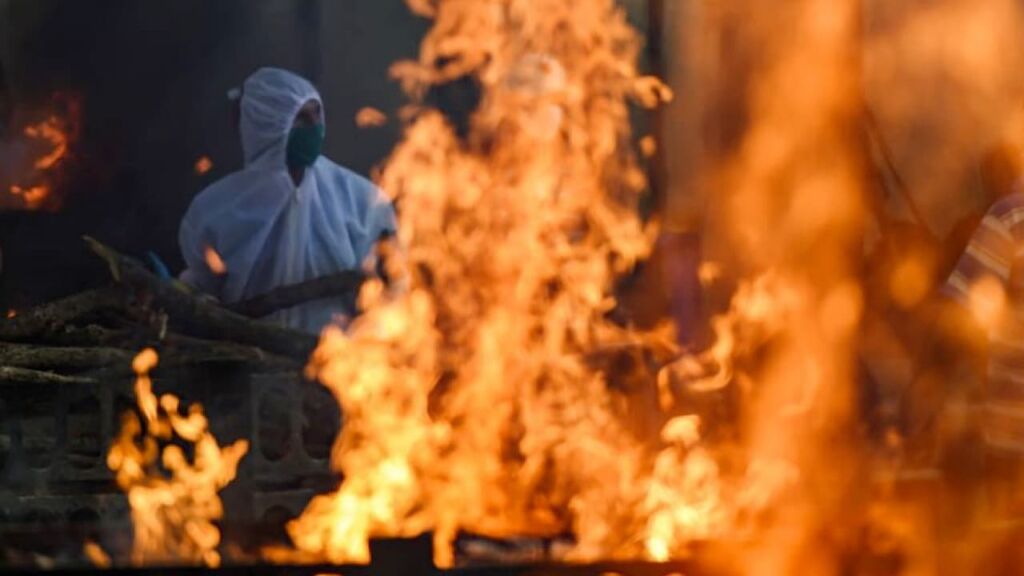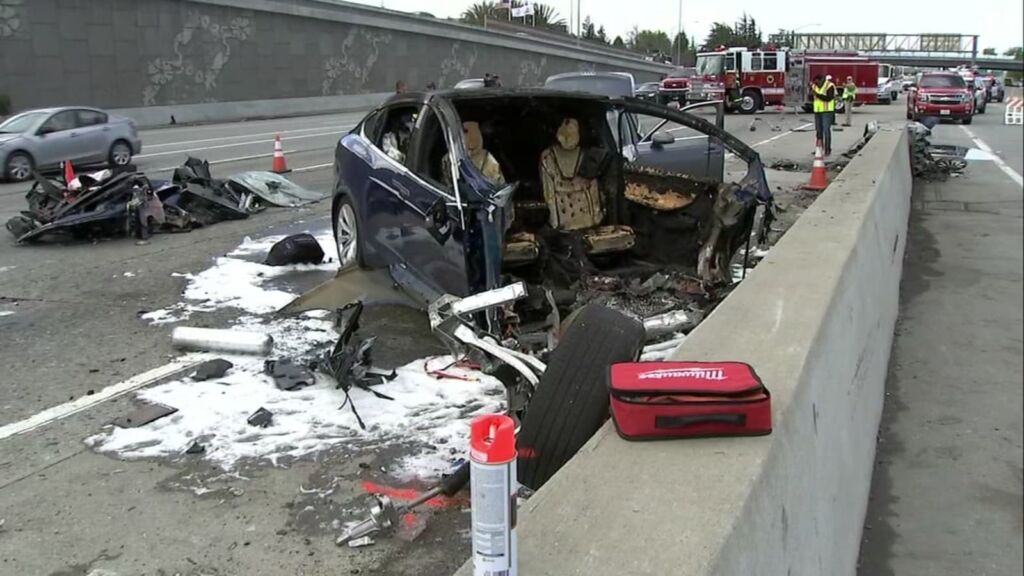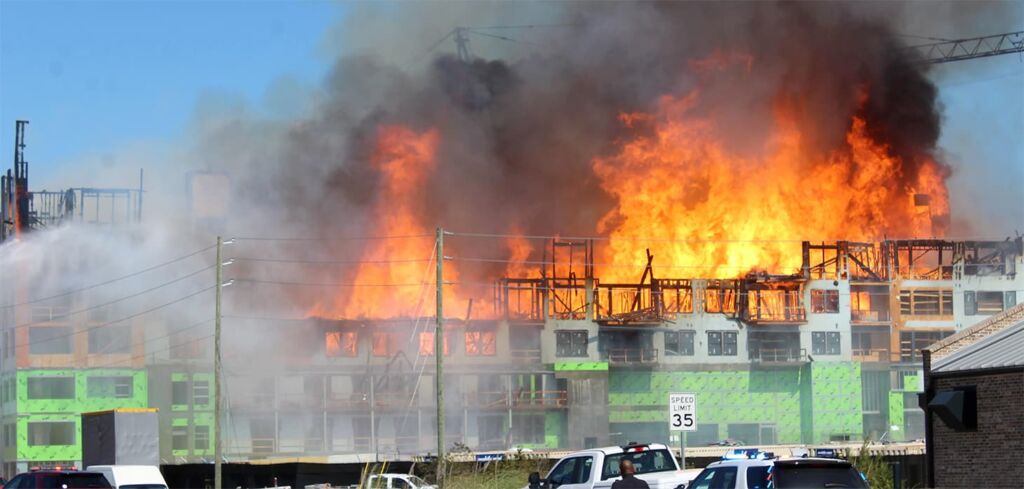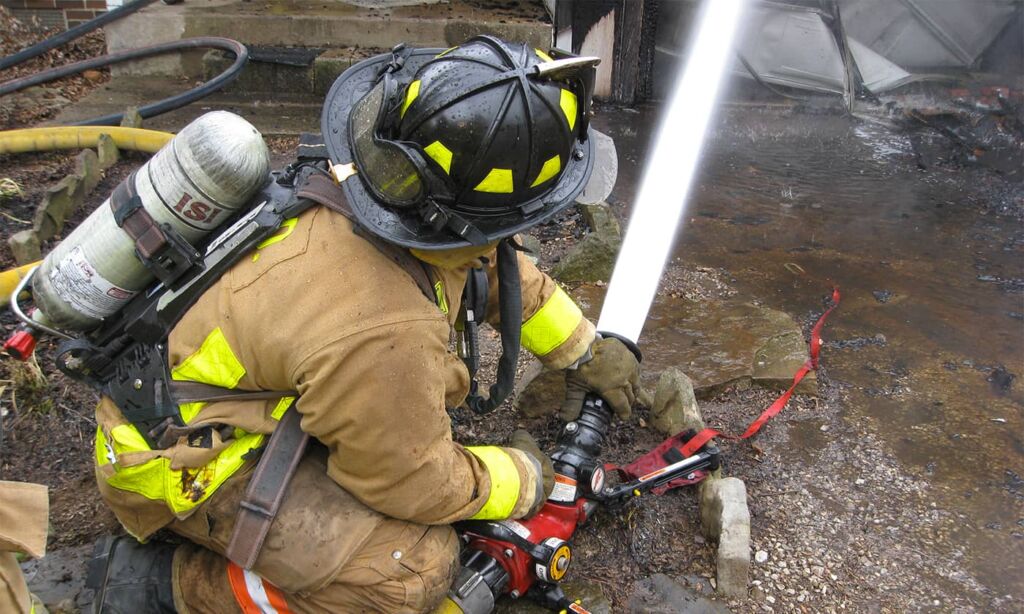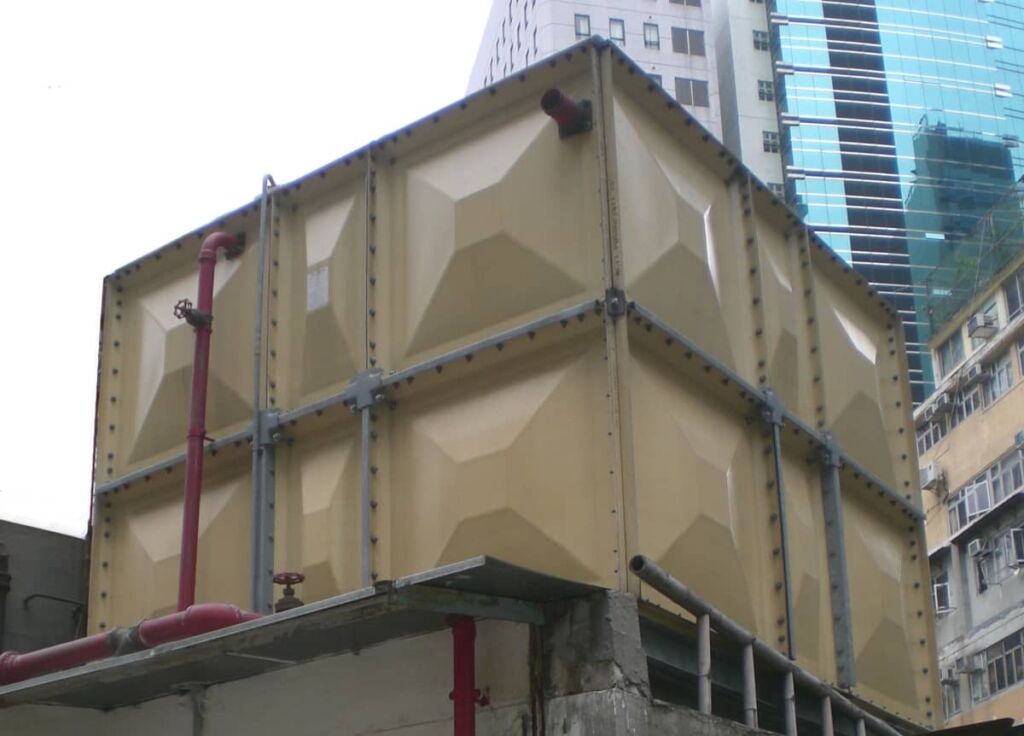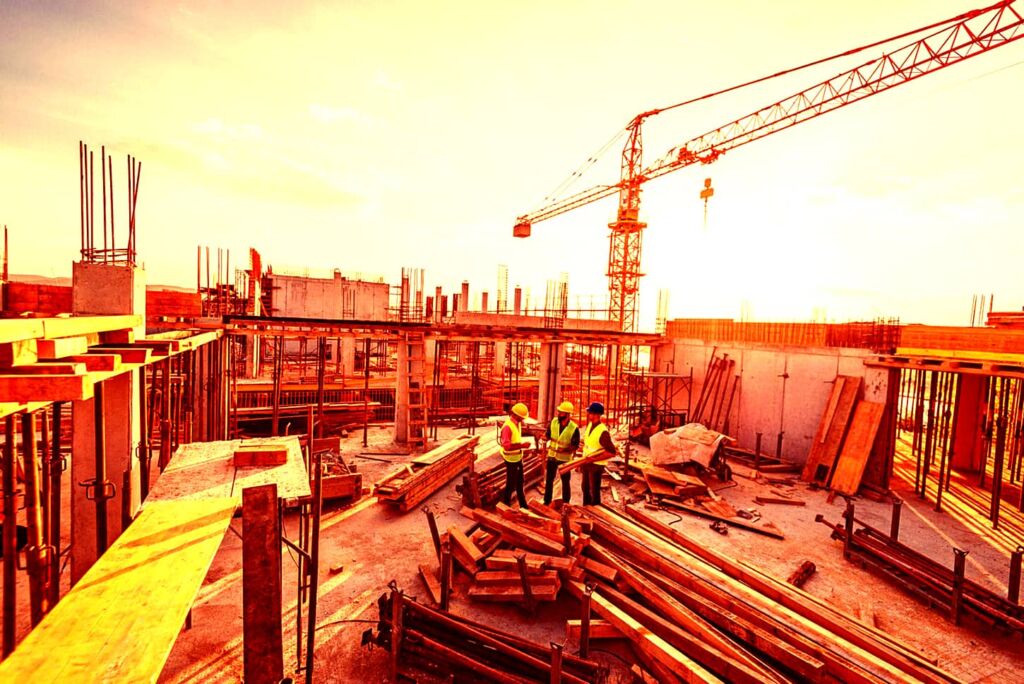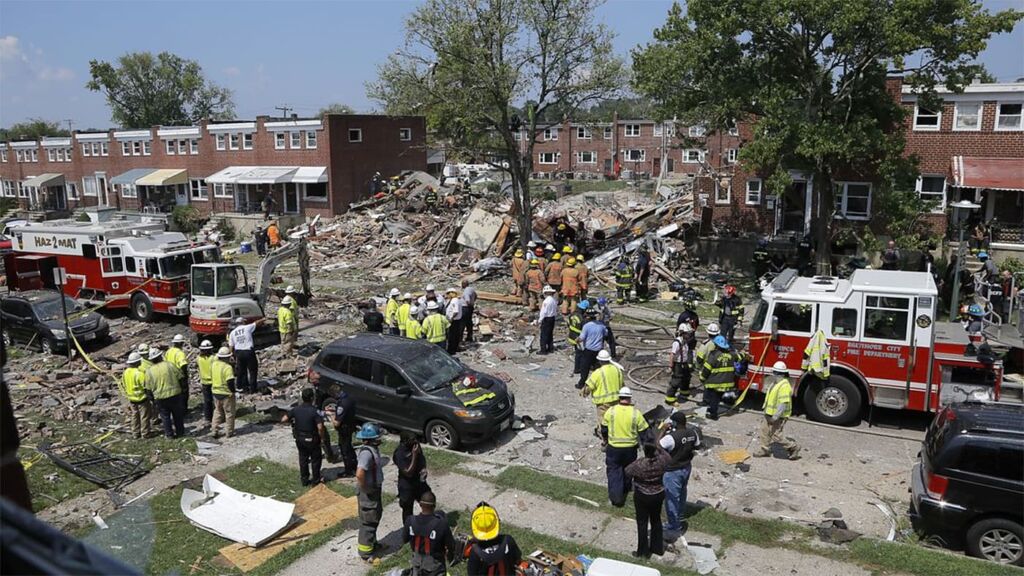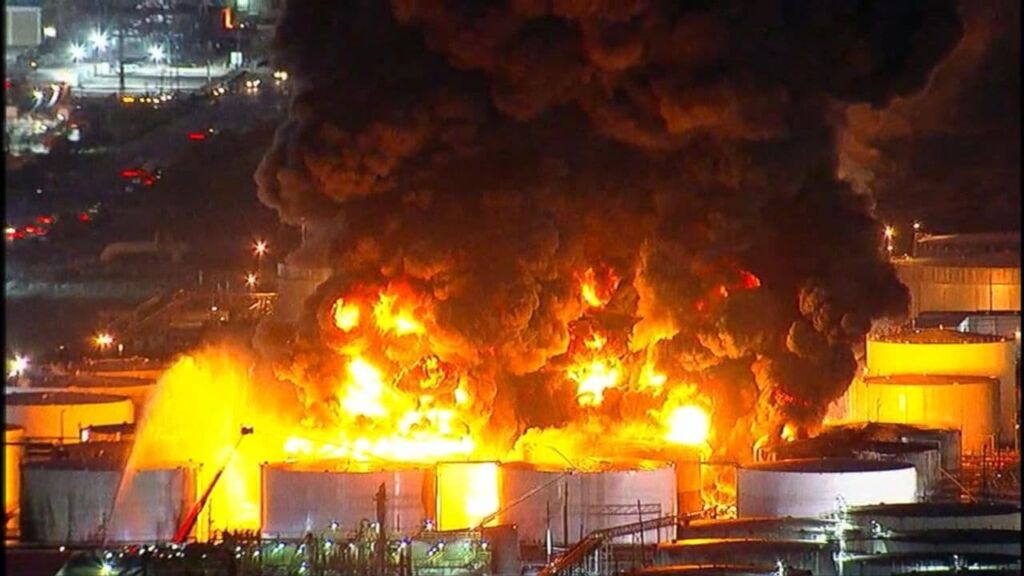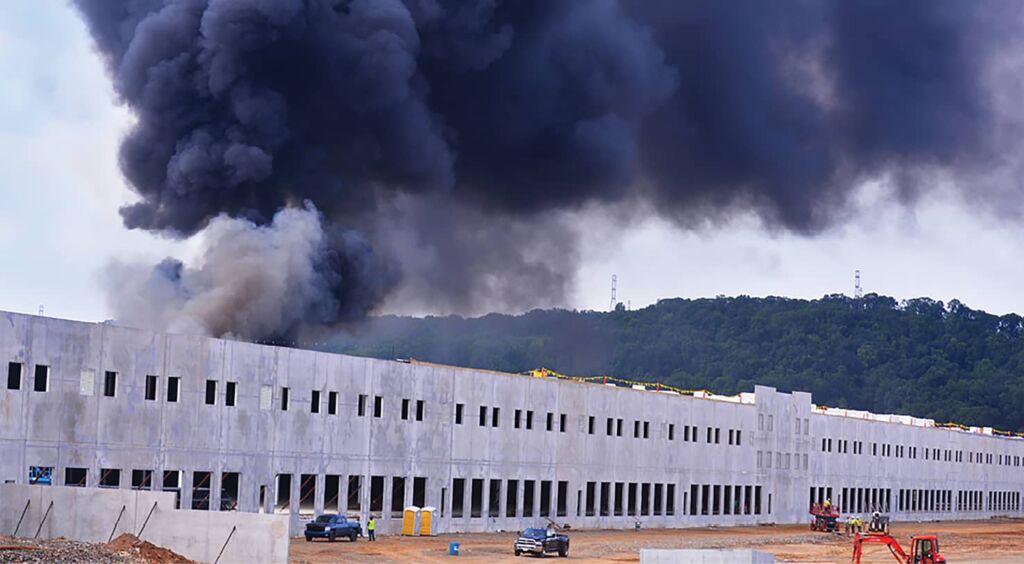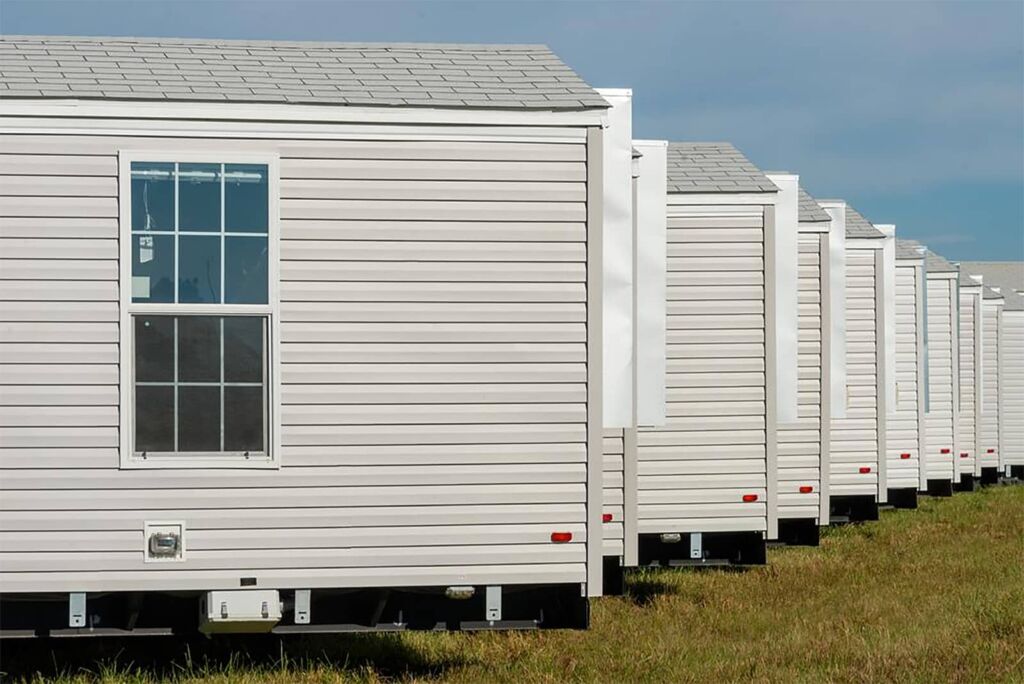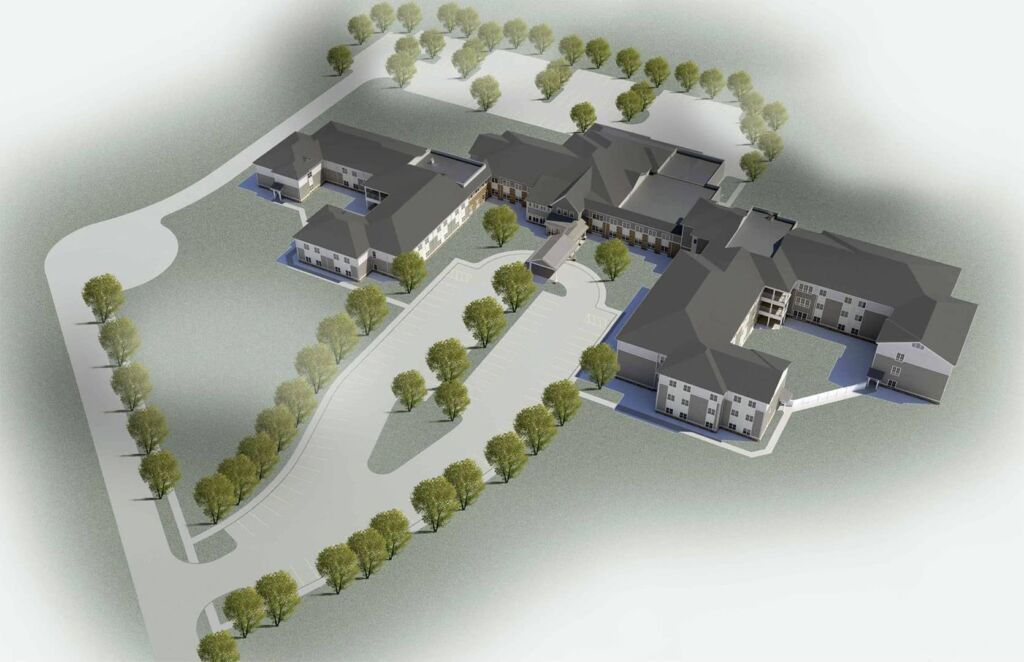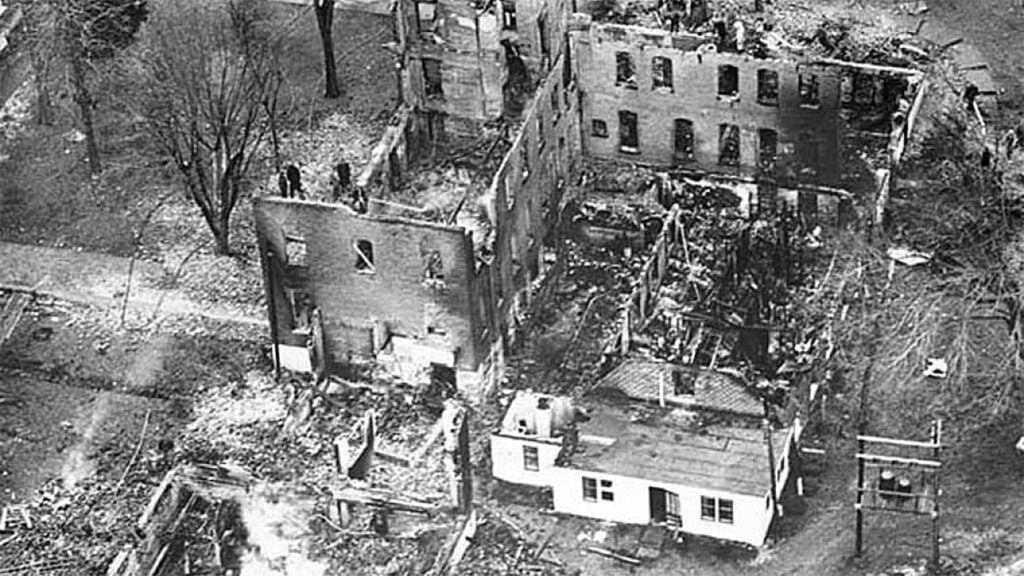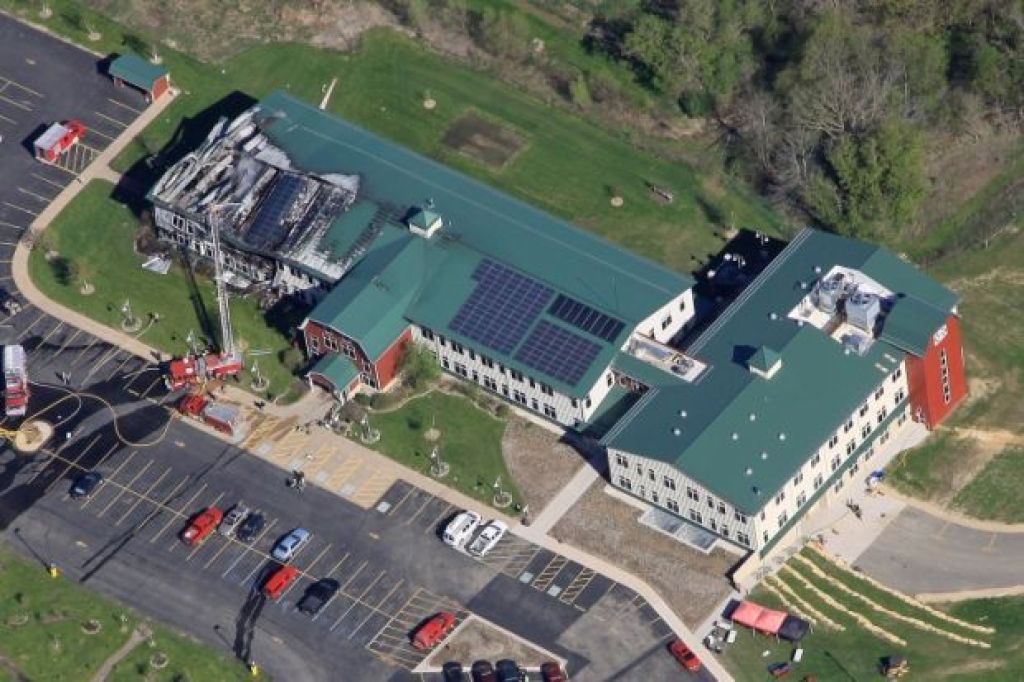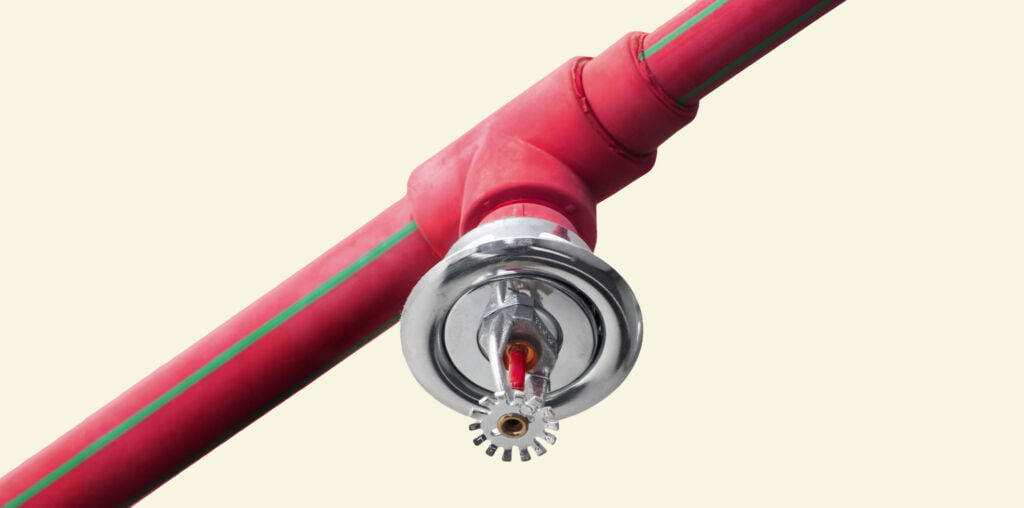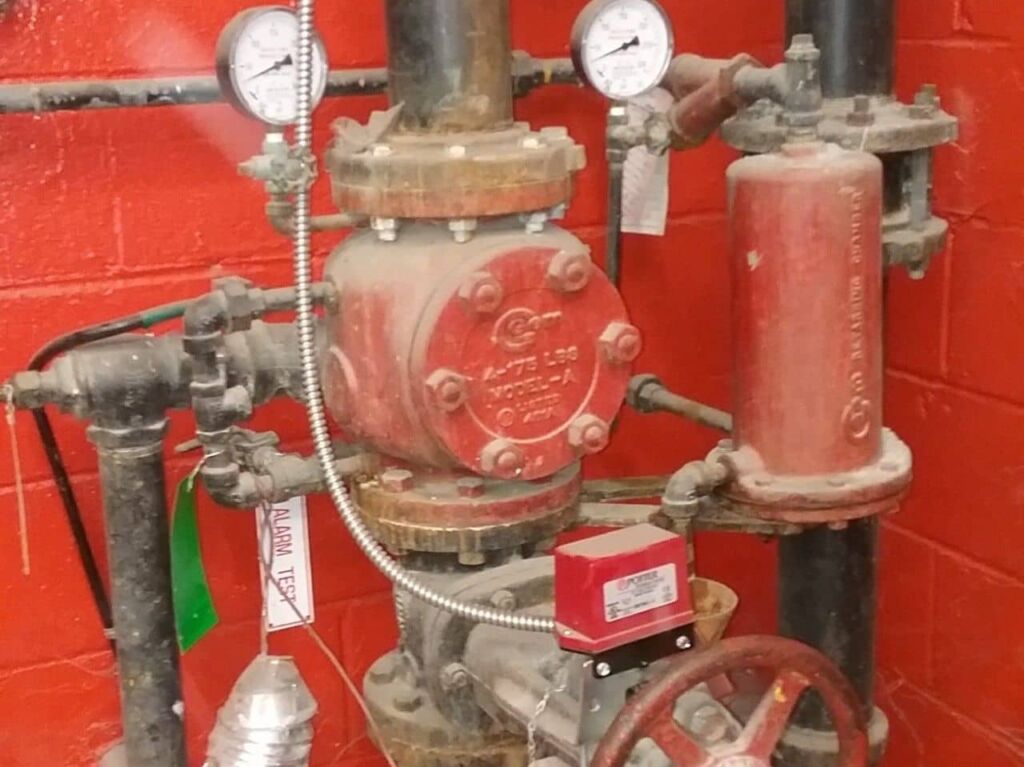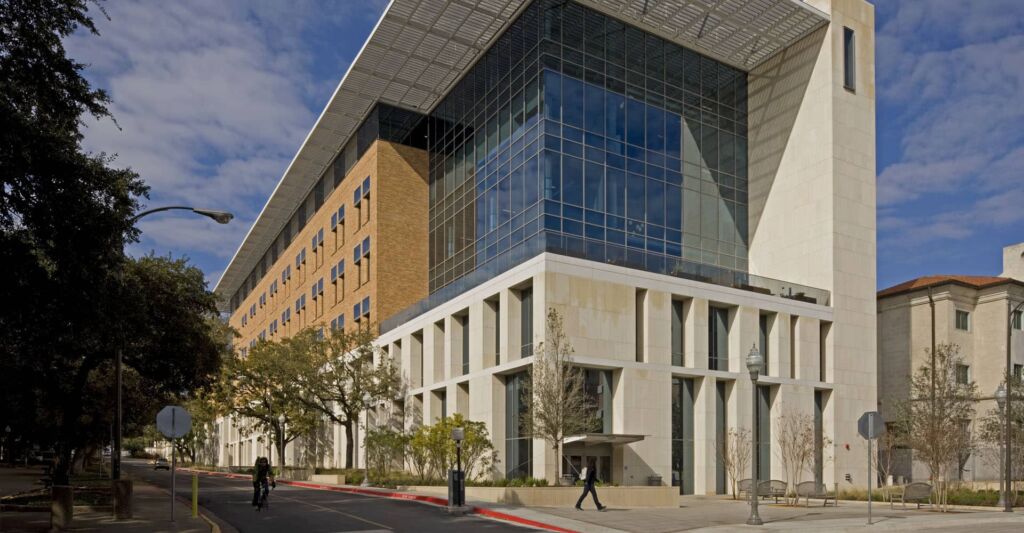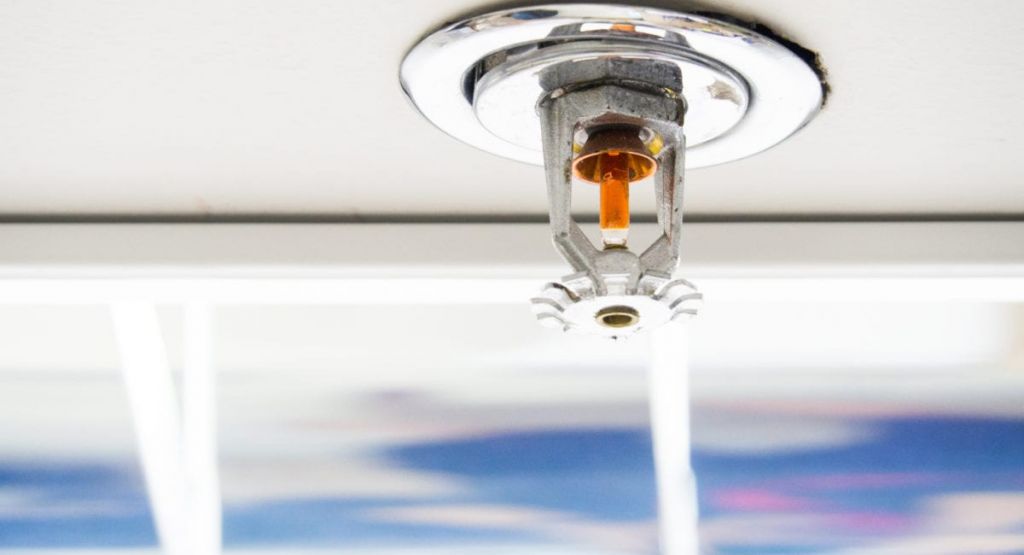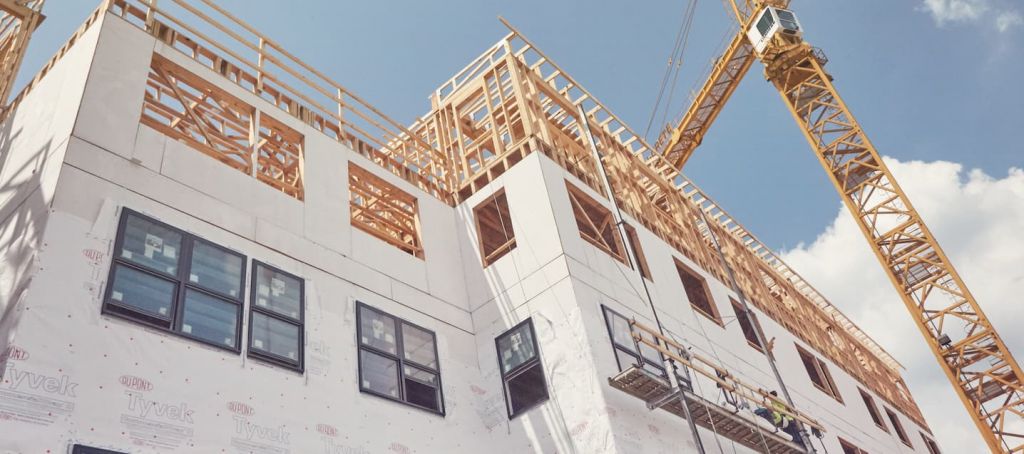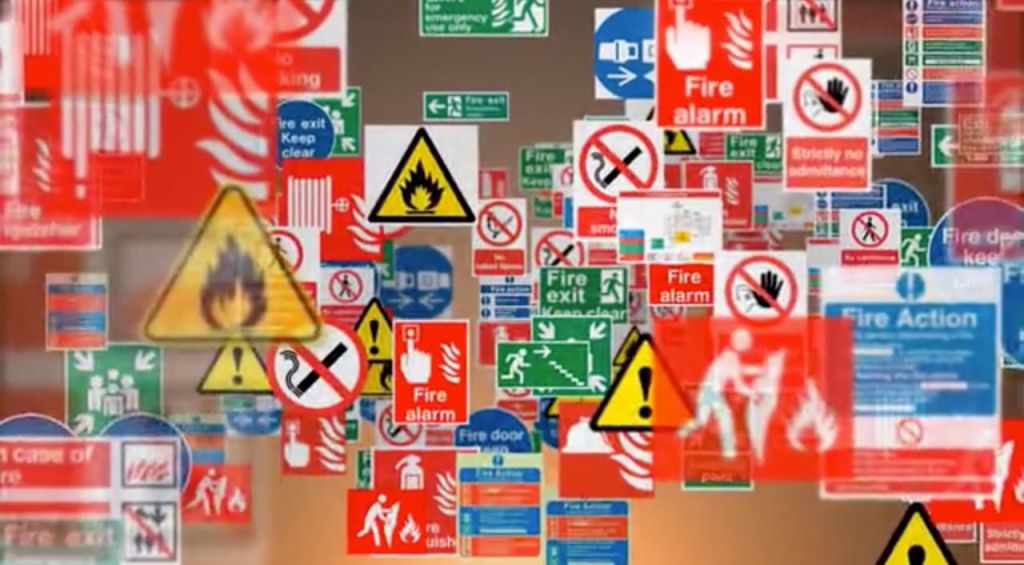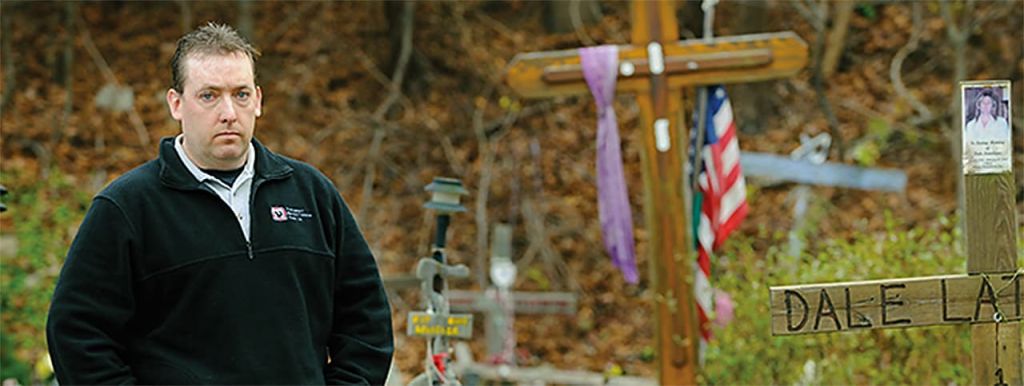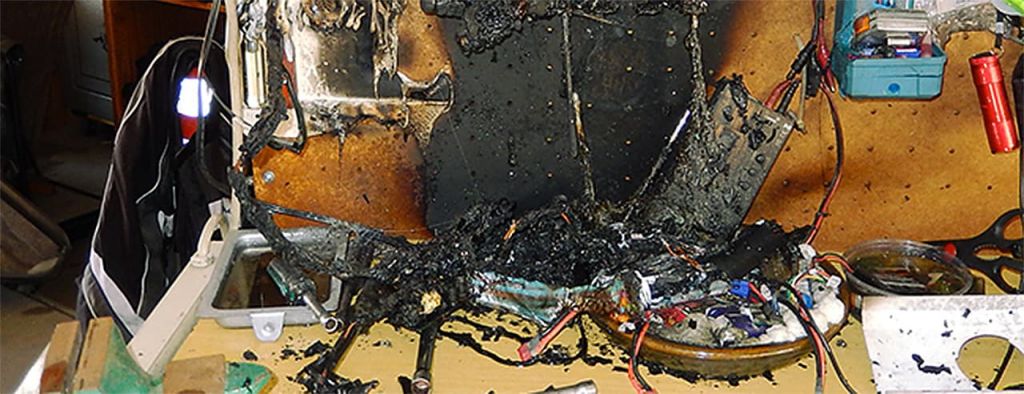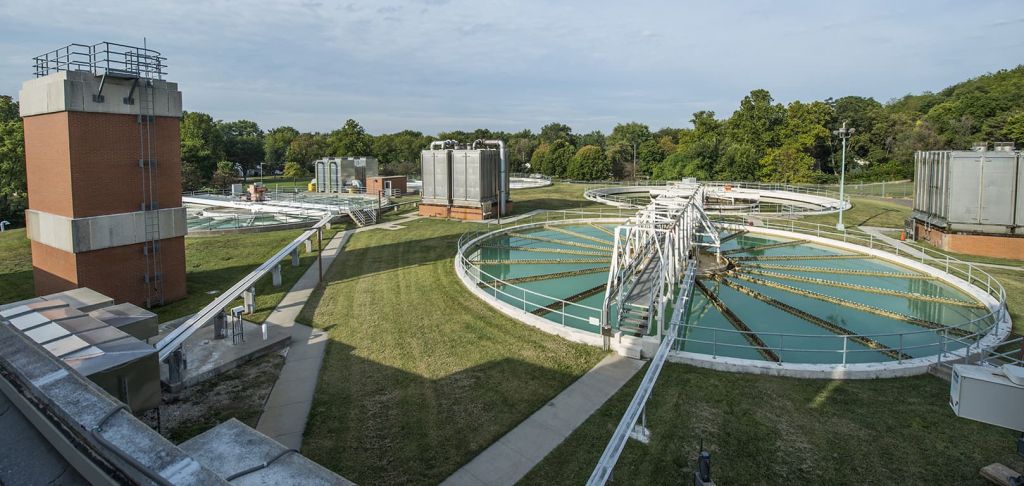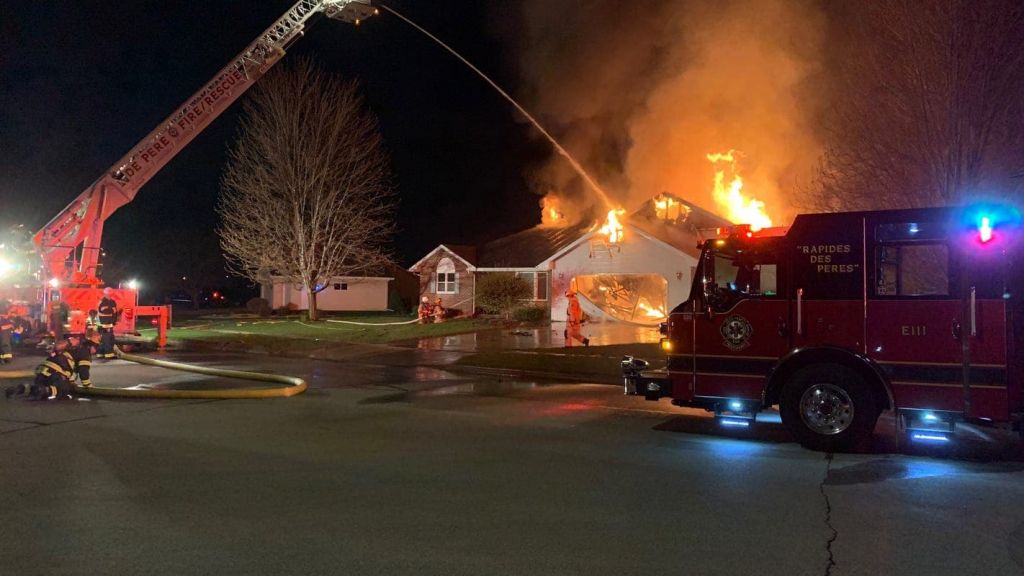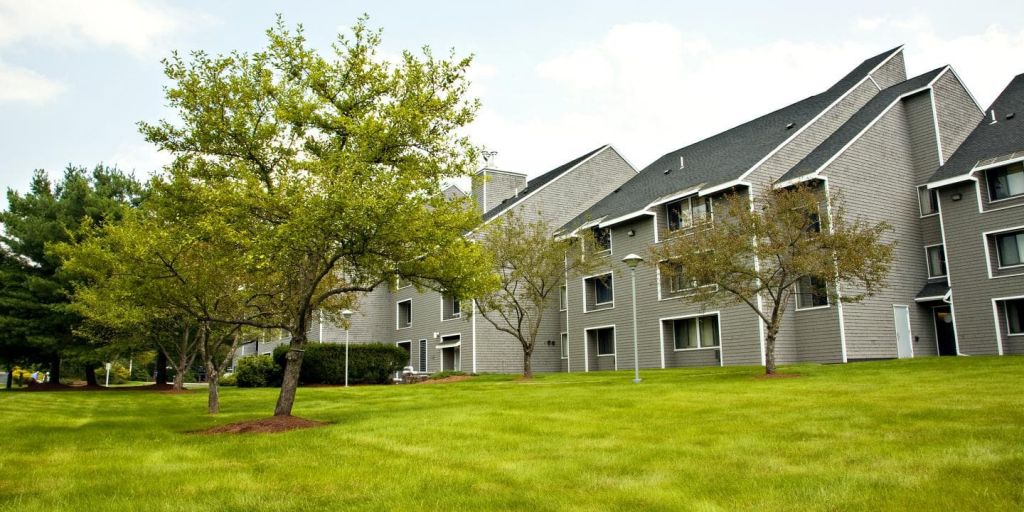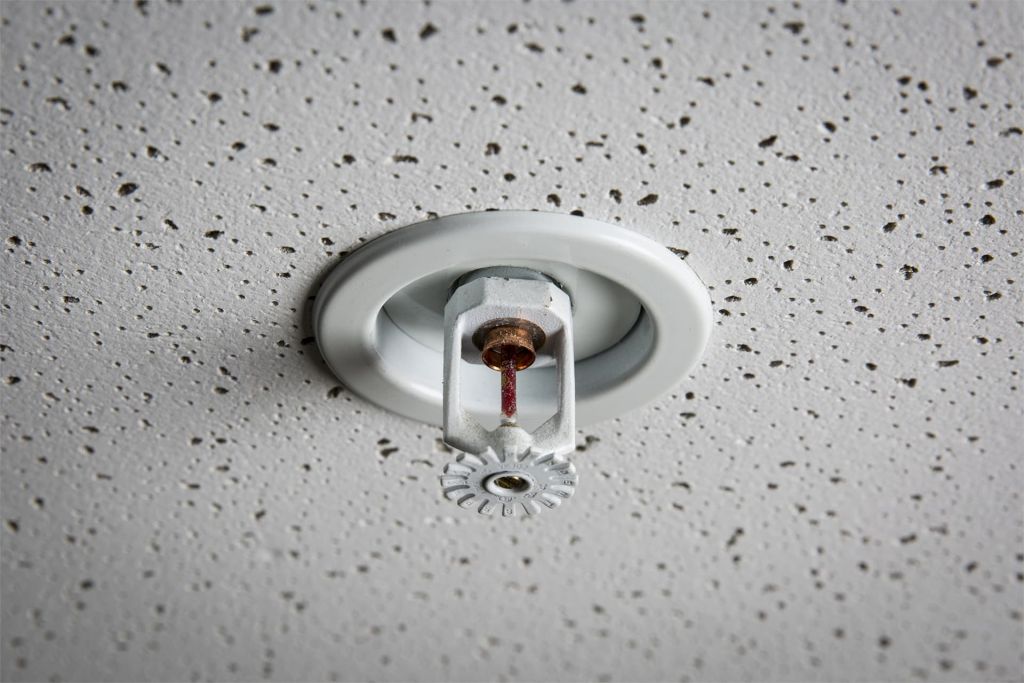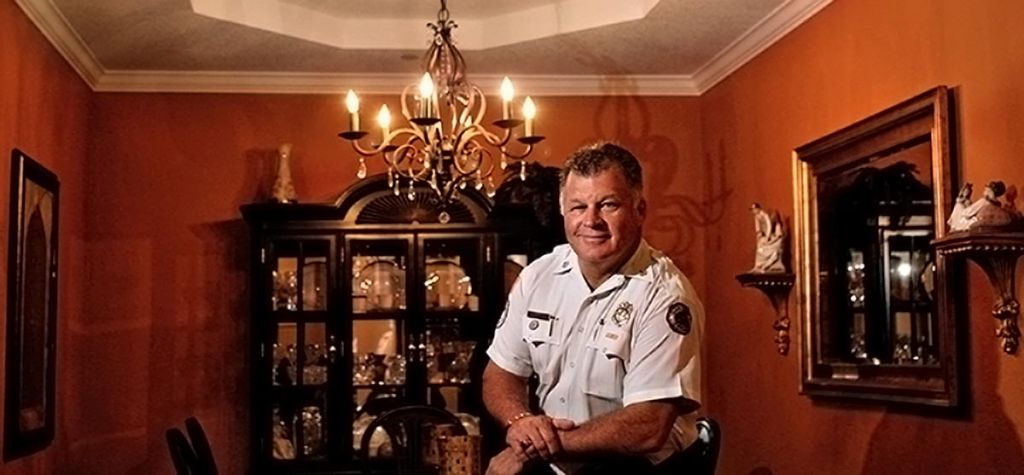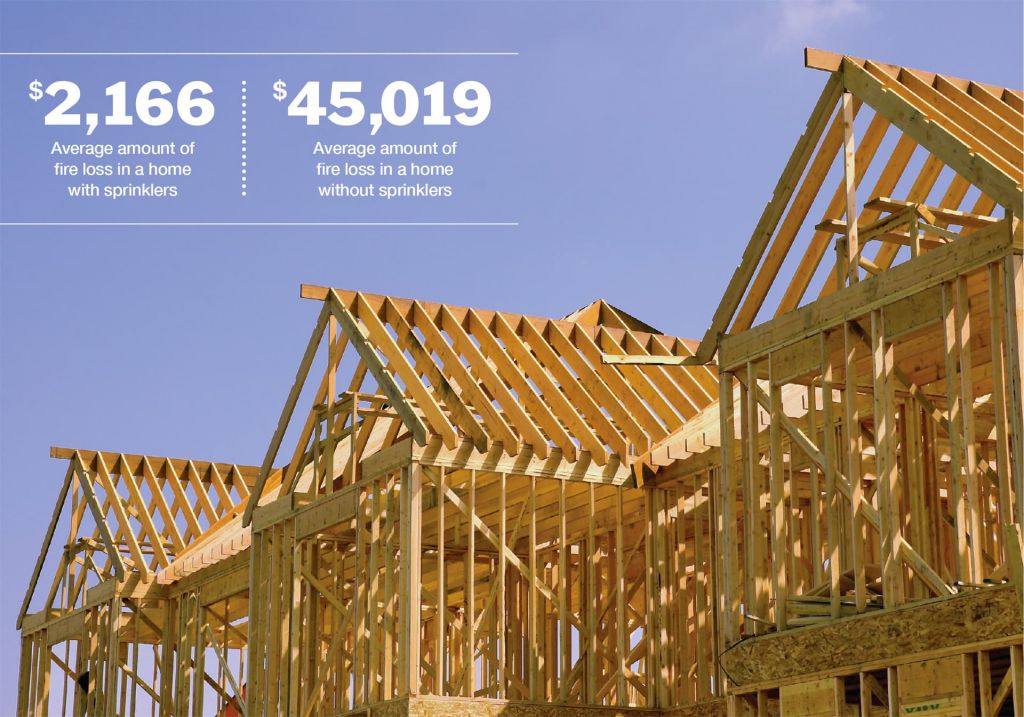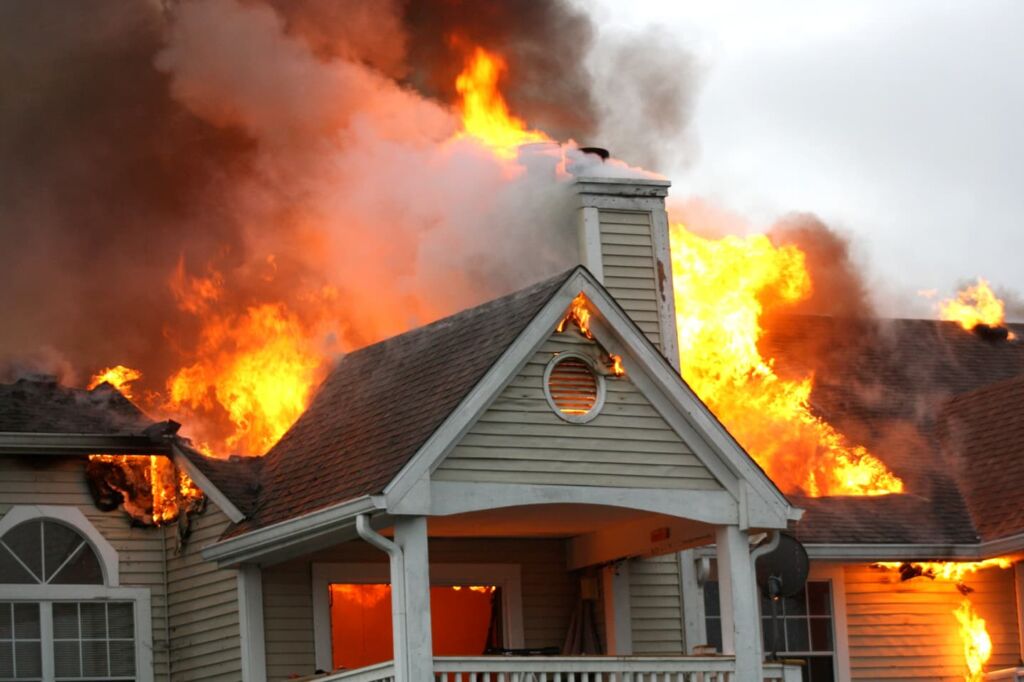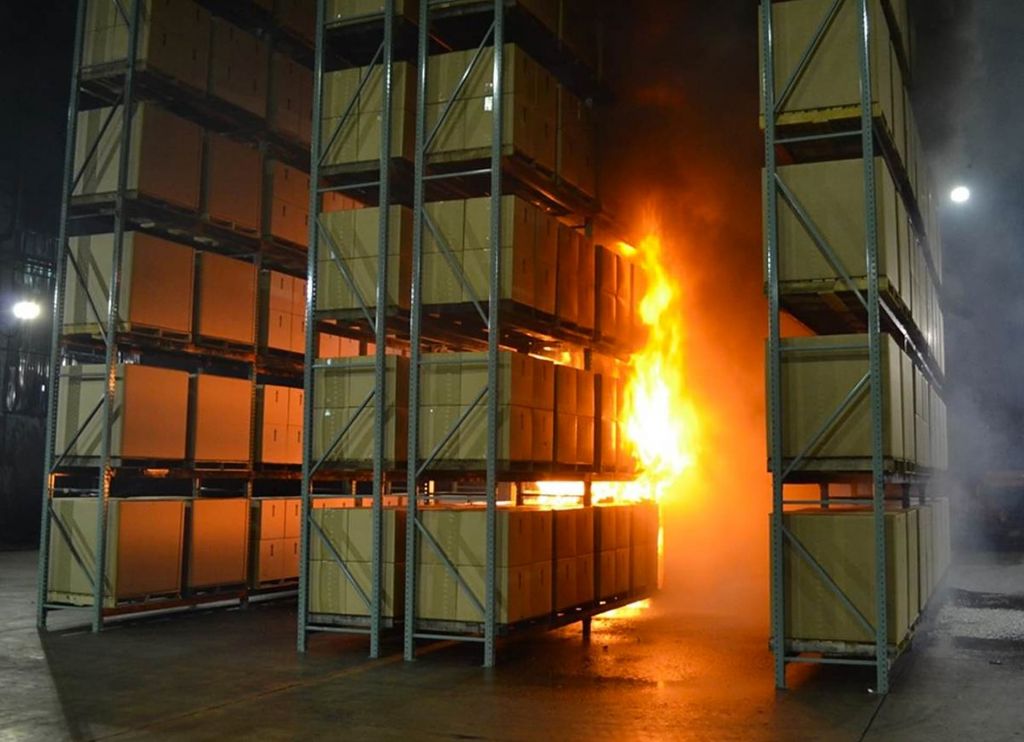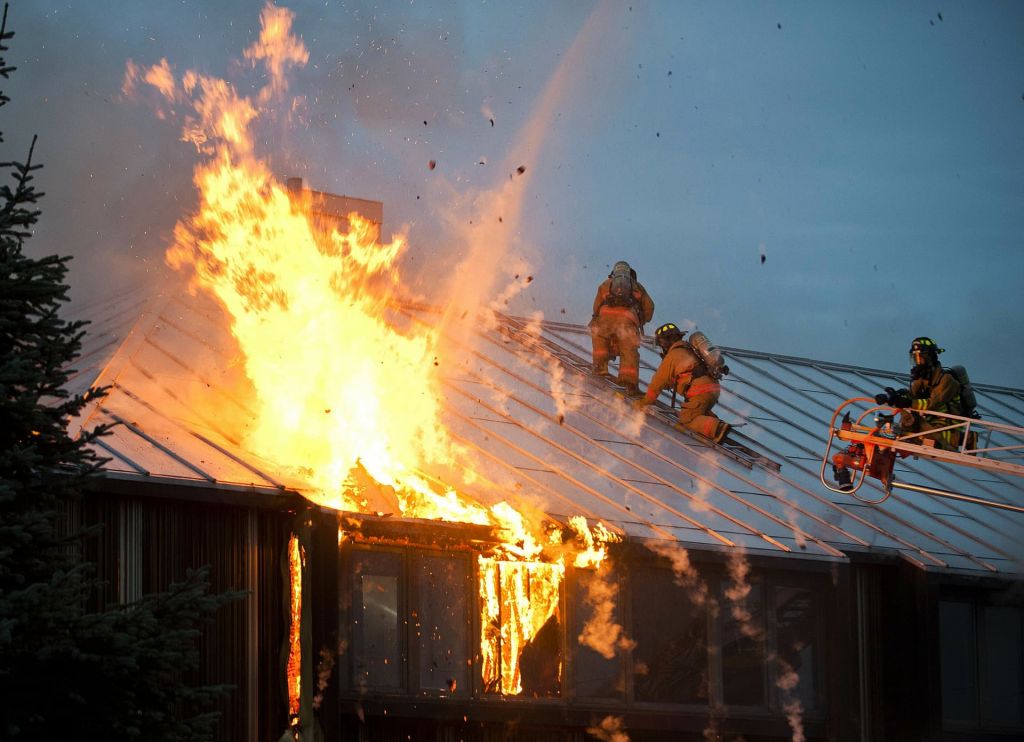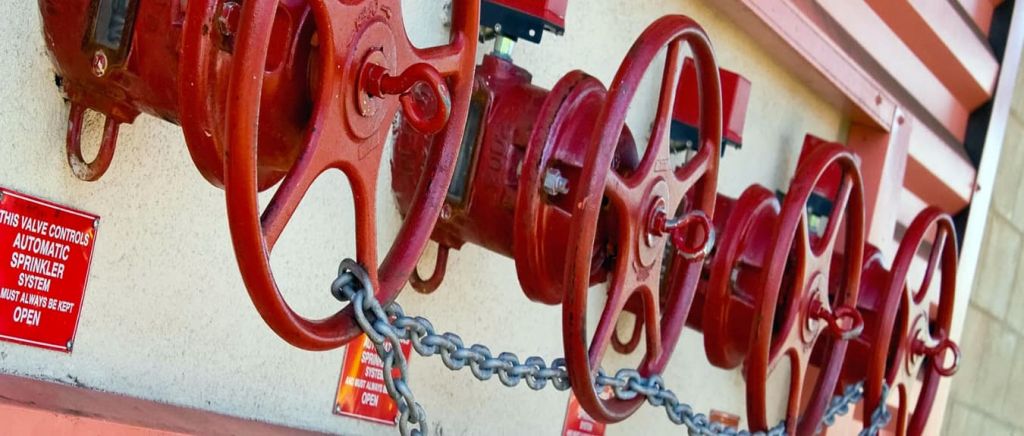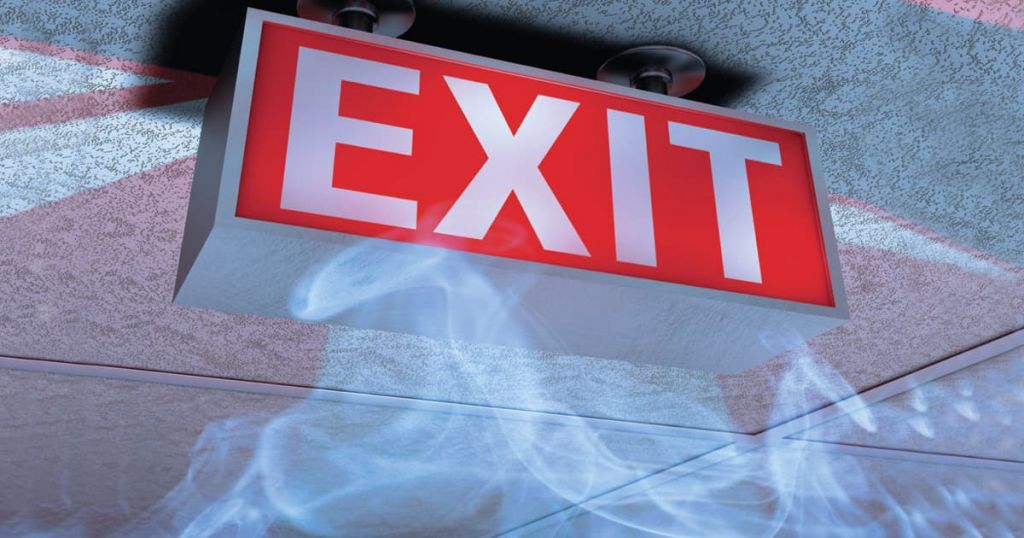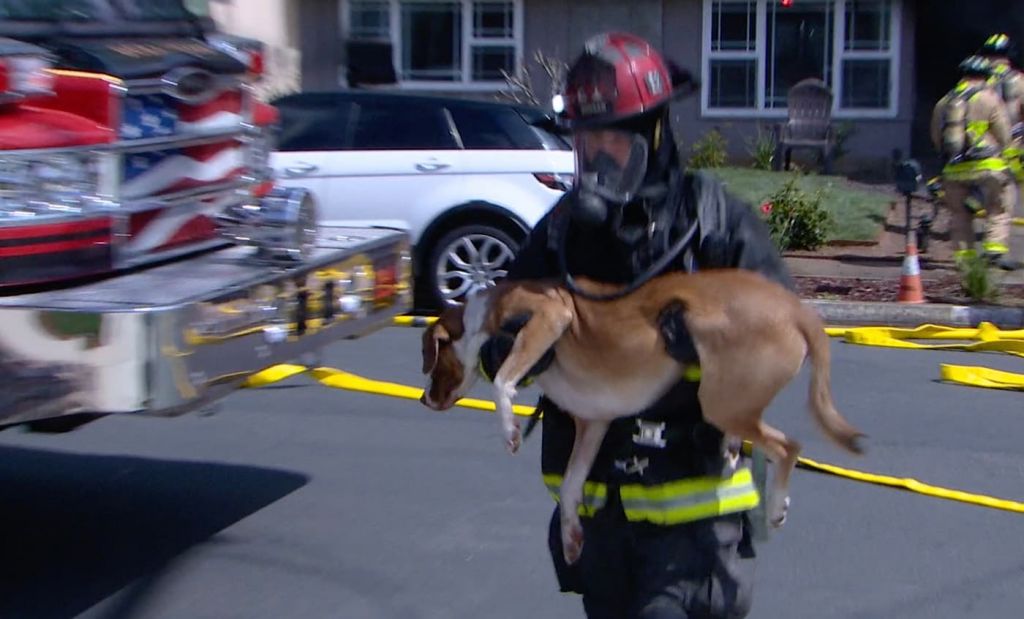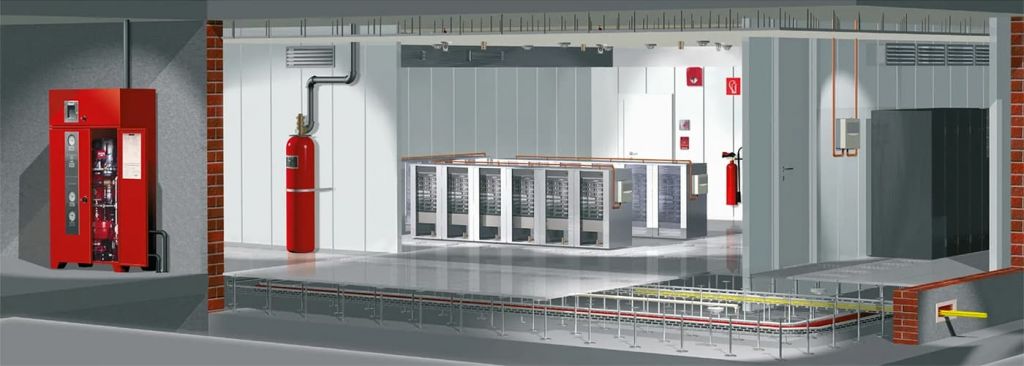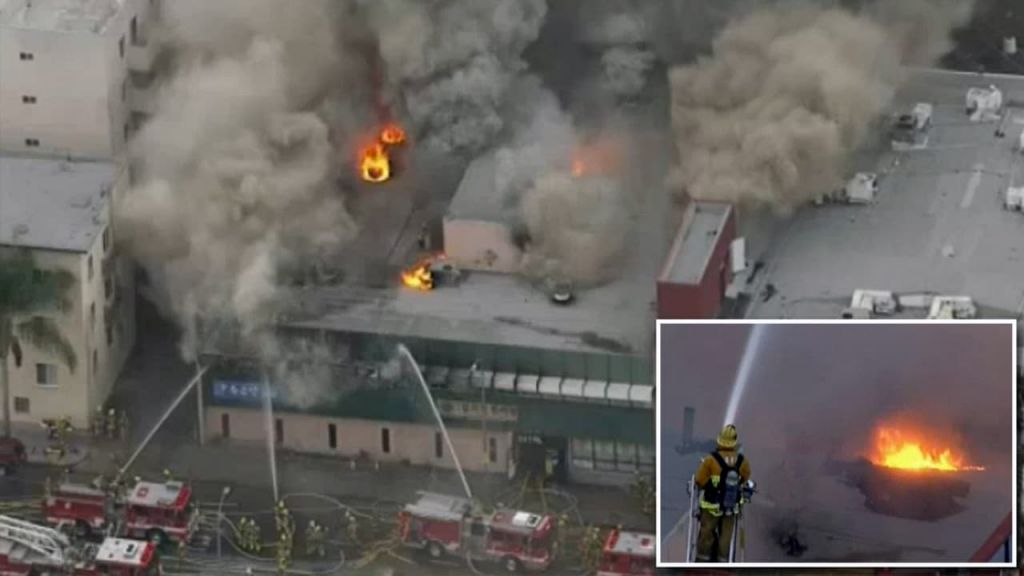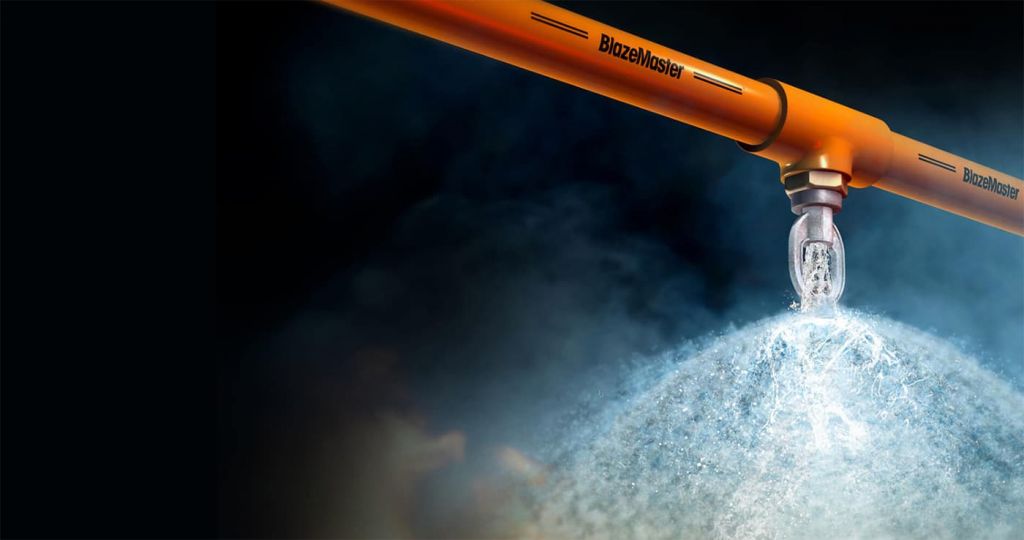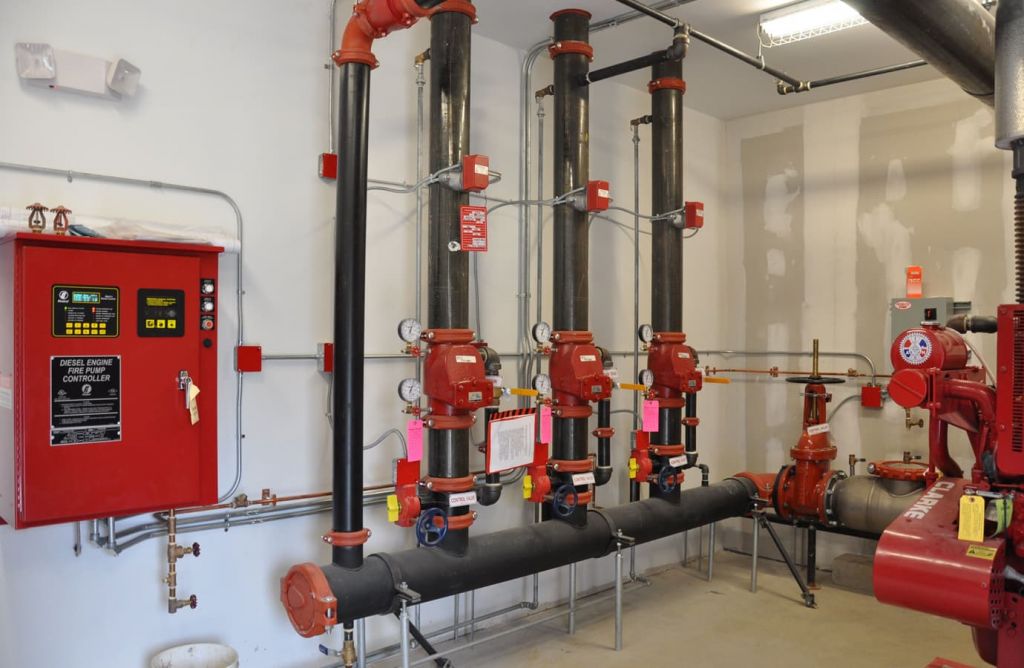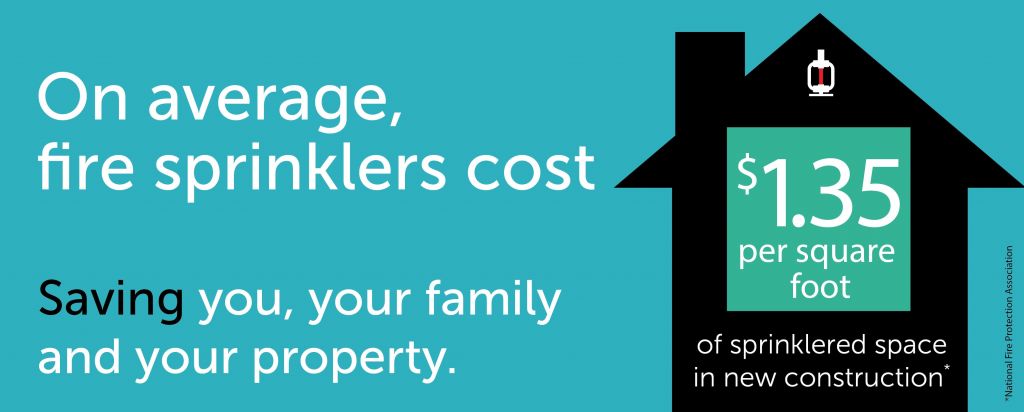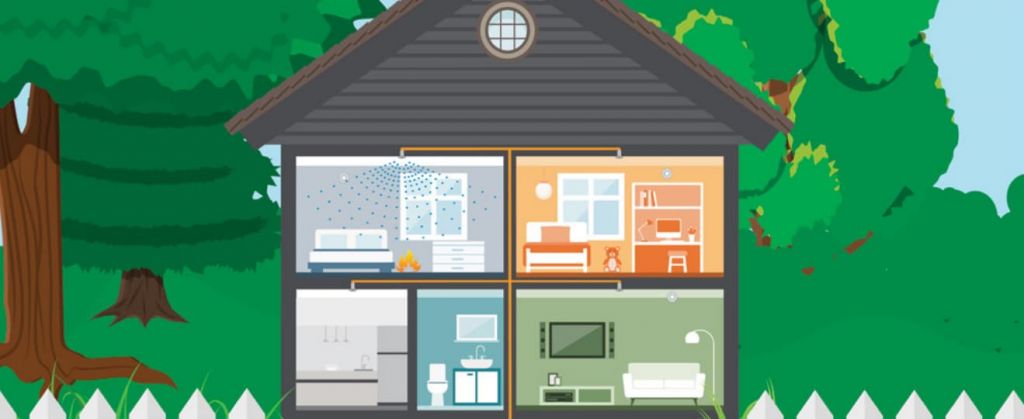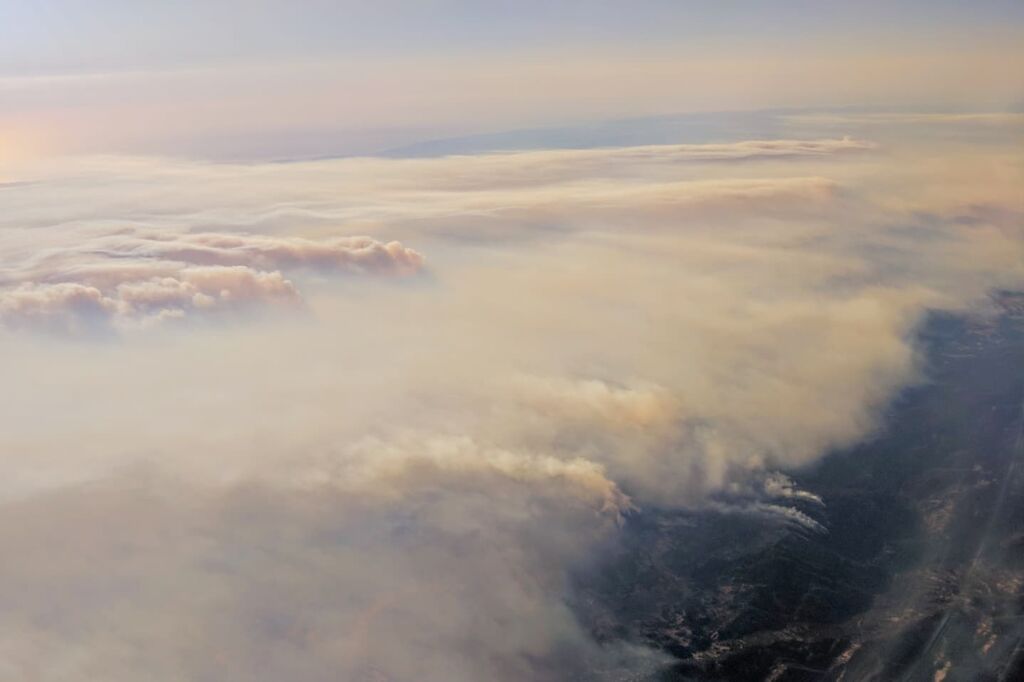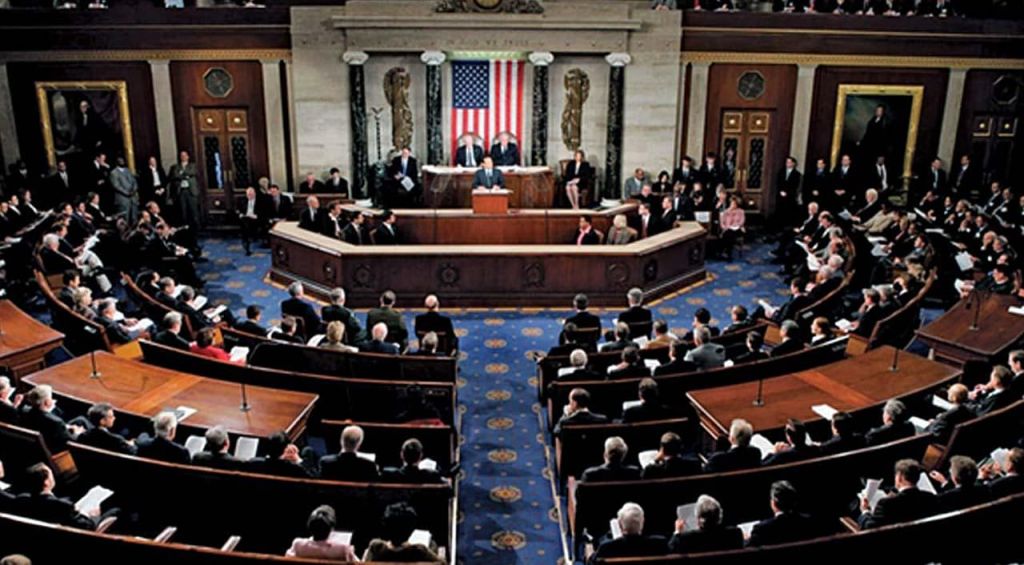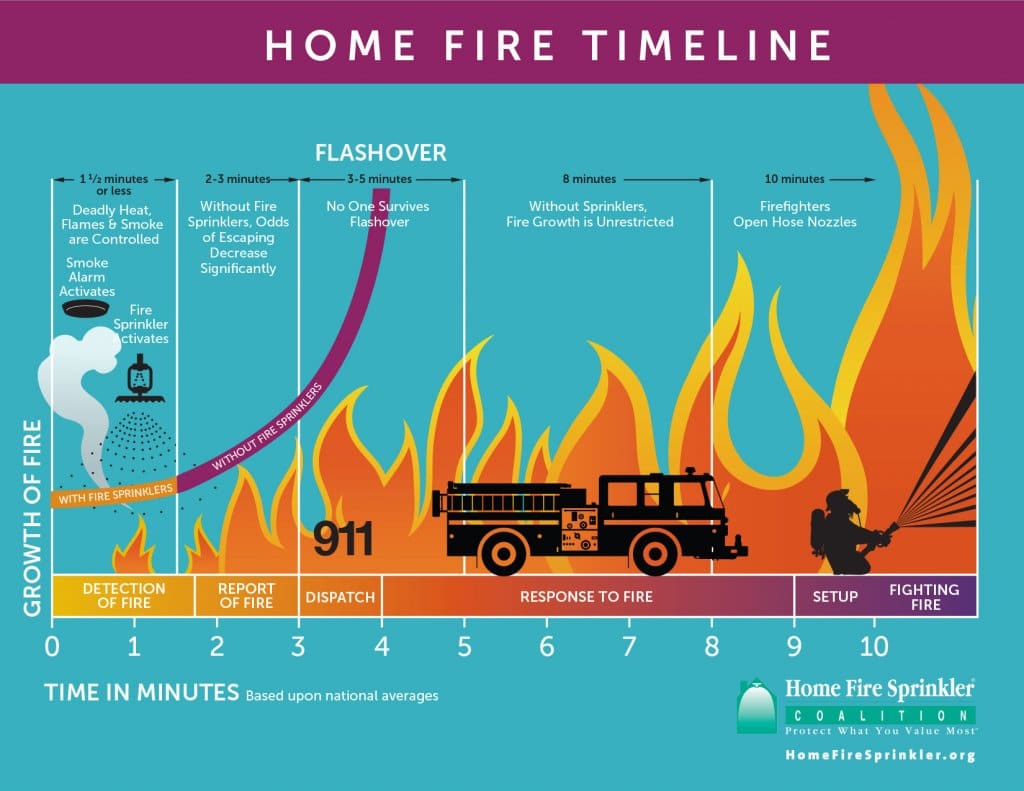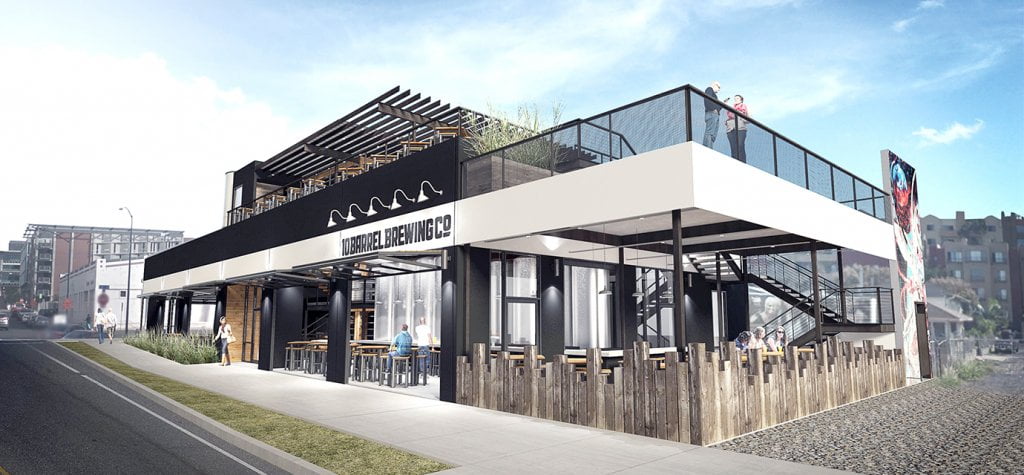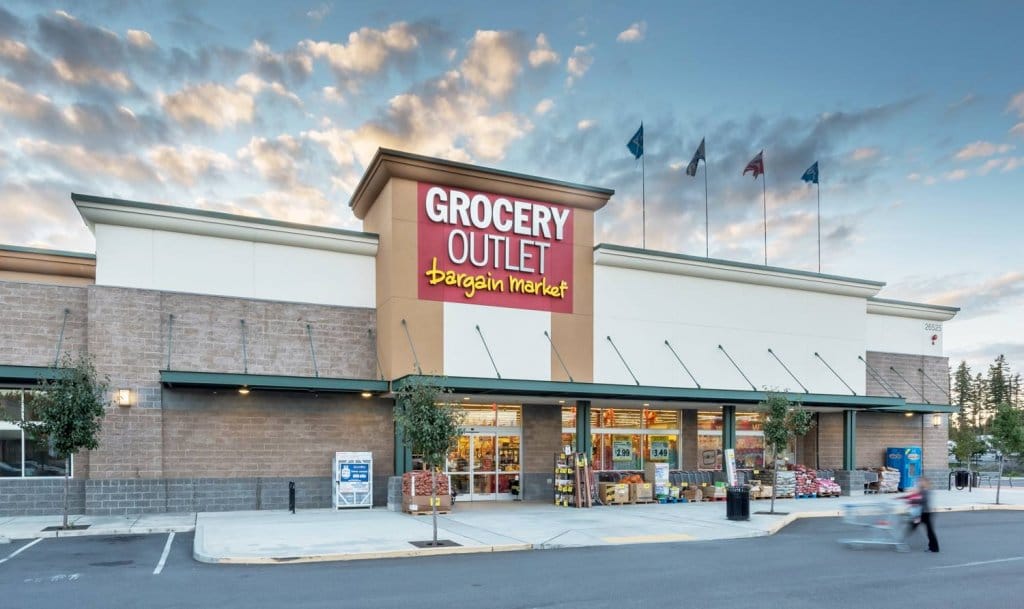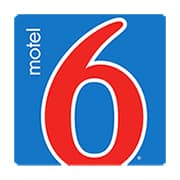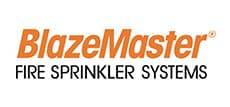Precision Fire Protection News
What Are Standpipes, and Where Are Standpipes Required?
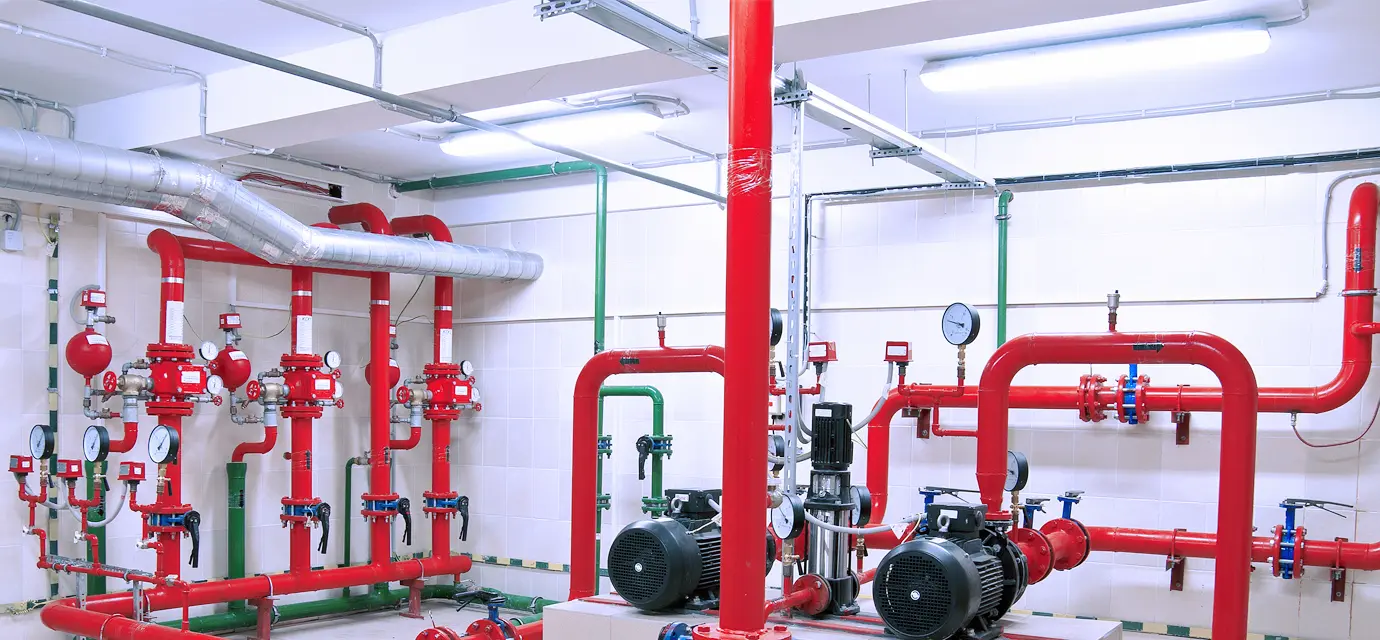
Standpipe systems are fixed piping systems with associated equipment that transports water from a reliable water supply to designated areas of buildings. Such systems are typically provided in tall and large-area buildings.
These systems can significantly improve the efficiency of manual fire-fighting operations by eliminating the need for long and cumbersome hose lays from fire apparatus to a fire. Even in buildings that are protected by automatic sprinklers, standpipe systems can play an important role in building fire safety by serving as a backup for, and complement to, sprinklers.
So, how does this impact you as a fire inspector? As an inspector utilizing NFPA 1, Fire Code, you need to know three things about standpipes when determining if a building and system is compliant with the Code: (1) Where are standpipes required, (2) What type of system is required and (3) Has the system been properly inspected, tested, and maintained.
Where are standpipes required?
The Code required standpipe systems, designed and installed in accordance with NFPA 14, in new buildings that meet any of the following conditions:
(1) More than three stories above grade where the building is protected by an approved automatic sprinkler system,
(2) More than two stories above grade where the building is not protected by an approved automatic sprinkler system,
(3) More than 50 ft (15 m) above grade and containing intermediate stories or balconies
(4) More than one story below grade
(5) More than 20 ft (6.1 m) below grade
In addition, standpipes are required in high-rise buildings and some stage areas in assembly occupancies. Some occupancies also mandate the presence of standpipes, such as detention and correctional occupancies, airport terminals and piers, at certain thresholds. As a fire inspector, you will be utilizing a number of codes and standards when inspecting buildings. You might find that the standpipe thresholds vary in the codes. NFPA 1 might mandate the presence of standpipes where NFPA 101 does not, for example. This is because the scope of a fire code, life safety code, and building code differ. When enforcing the provisions for standpipes, the most restrictive provisions of the applicable codes apply.
Did you know that there are instances where the AHJ can permit the removal of existing occupant-use hose lines? Where (1) NFPA 1 does not require their installation, (2) The current building code does not require their installation, AND (3) The AHJ determines that the occupant-use hose line will not be utilized by trained personnel or the fire department, existing occupant-use hose lines can be removed per the AHJ. This was added to the Code to place emphasis on the preference for untrained building occupants to evacuate rather than attempt to extinguish a fire using hose lines.
What type of system is required?
In addition to the Code mandating where standpipes are required it will also specify what class of system is required for a particular installation. Standpipe systems are designated as Class I, Class II, and Class III. Note that sprinkler systems with hose connections are not necessarily considered to be standpipe systems. Such systems are often regarded simply as sprinkler systems. The design of a combined system is similar to any other Class I or Class III system, except that the water supply and pipe sizes may be larger to accommodate the added sprinkler system demand. The process of designing a standpipe system begins with determining the intended use, that is, whether it is for (1) full-scale fire fighting, (2) first-aid fire fighting, or (3) both. These three uses correspond with the three classes of standpipe systems. Most aspects of system design, such as the required water supply, layout, and system components, are also affected or dictated by the class of system.
Let’s look at a Class I system, as an example: A Class I system provides 2½ in. (65 mm) hose connections at designated locations in a building for use by the fire department. A Class I system is typically required in buildings that have more than three stories above or below grade because of the time and difficulty involved in laying hose from fire apparatus directly to remote floors. For these reasons, Class I standpipes are the required system in high-rise buildings.
Requirements for inspection, testing, and maintenance of standpipes systems
Finally, a standpipe system installed as required by NFPA 1 must be properly maintained to provide at least the same level of performance and protection as designed. Specific details for inspection, testing, and maintenance of the system are found in NFPA 25. The owner is responsible for maintaining the standpipe system and keeping it in good working condition.
Are you required to inspect buildings with standpipe systems? What types of buildings in your jurisdiction have standpipe systems? Have you sited compliance issues? Are there any resources you find could help you do your job better when enforcing standpipe or other building systems? Comment below and join the discussion!
SOURCE: NFPA
PEOPLE We Protect
Our Distributors and Suppliers
Experience
Our team started in the fire protection industry over 20 years ago. Since then we have grown into a statewide fire protection construction leader. Our team of project managers, engineers, designers, inspectors, installers, and technicians all share a passion for quality work and high standards. Precision Fire Protection understands the need to complete projects with integrity, safety, and precision!
Dedication
Our mission is to provide our customers with timely, high quality, affordable fire protection services that are guaranteed. We strive to achieve our client’s complete satisfaction. We are relentless in applying the highest ethical standards to ourselves and to our services and in communications with our customers. We aim to fulfill that mission in everything we do.
Precision
Precision Fire Protection keeps its team together, even when it's not. Just as vital as field personnel’s tools are, our project managers are equipped with the latest software to manage projects. Our project managers send dailies, RFIs, and plan revisions to the cloud so that everyone has access no matter where they are. Being connected is our way of ensuring every project goes smoothly.
Safety
Our team of multi-certified managers and supervisors are highly experienced in job safety. Our managers are OSHA certified to handle each project with care and sensitivity to every unique job site. By ensuring on-site safety on every project we work on throughout Southern California, Precision Fire Protection has developed positive relationships with our General Contractors.




















